After a slightly confusing entry into Peru, as described by Laurent in his earlier post, we landed on the beach behind the hostel Swiss Wassi. Incredible sunsets and good company (thanks Melba)!

Melba and Laurent 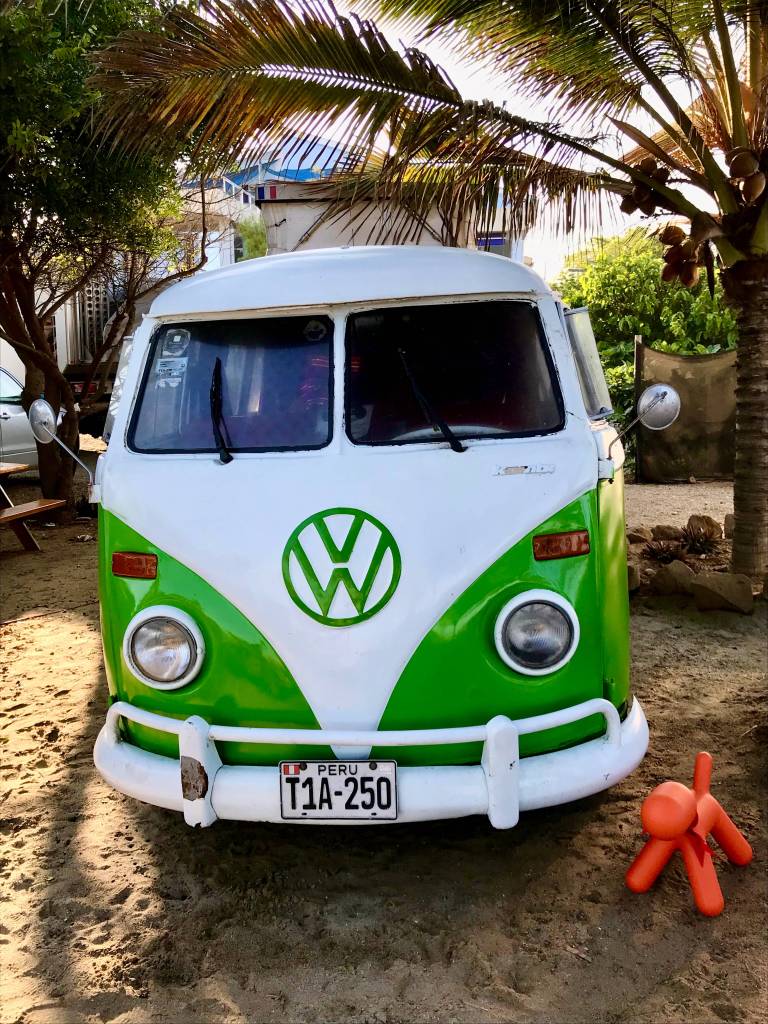
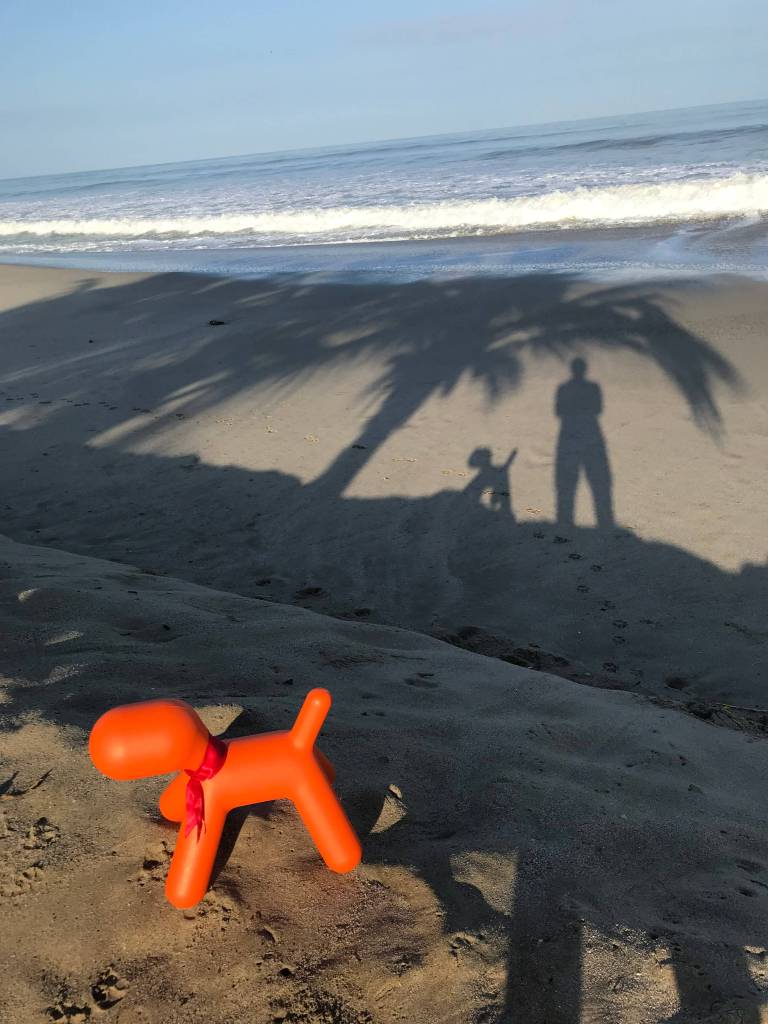
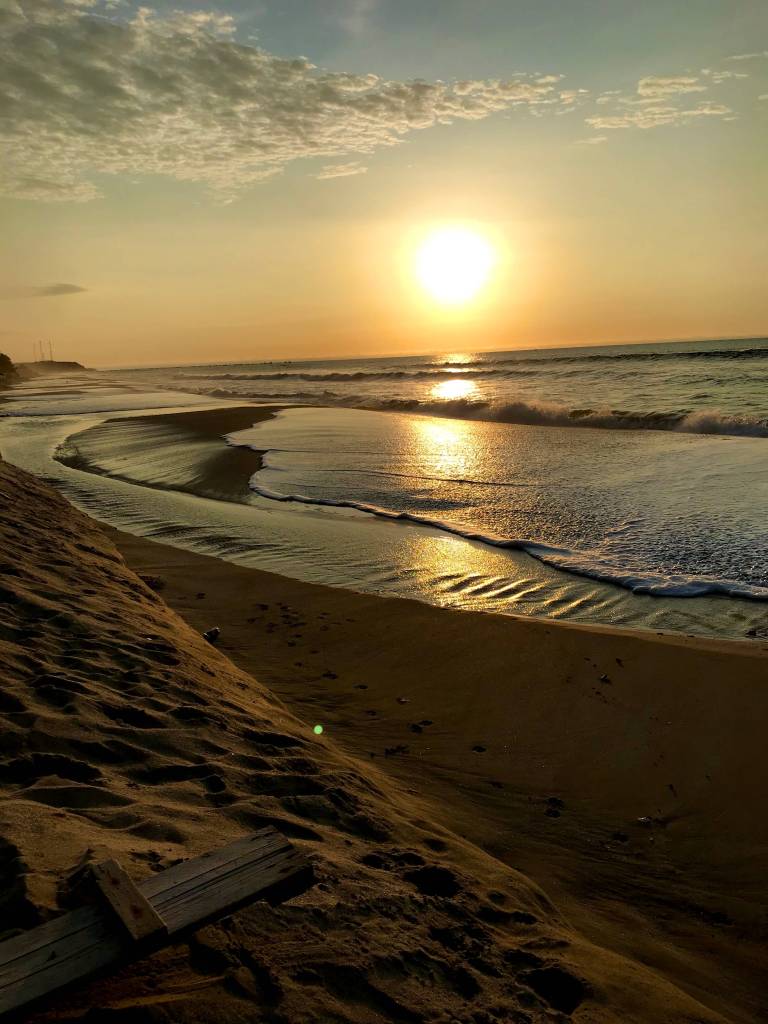
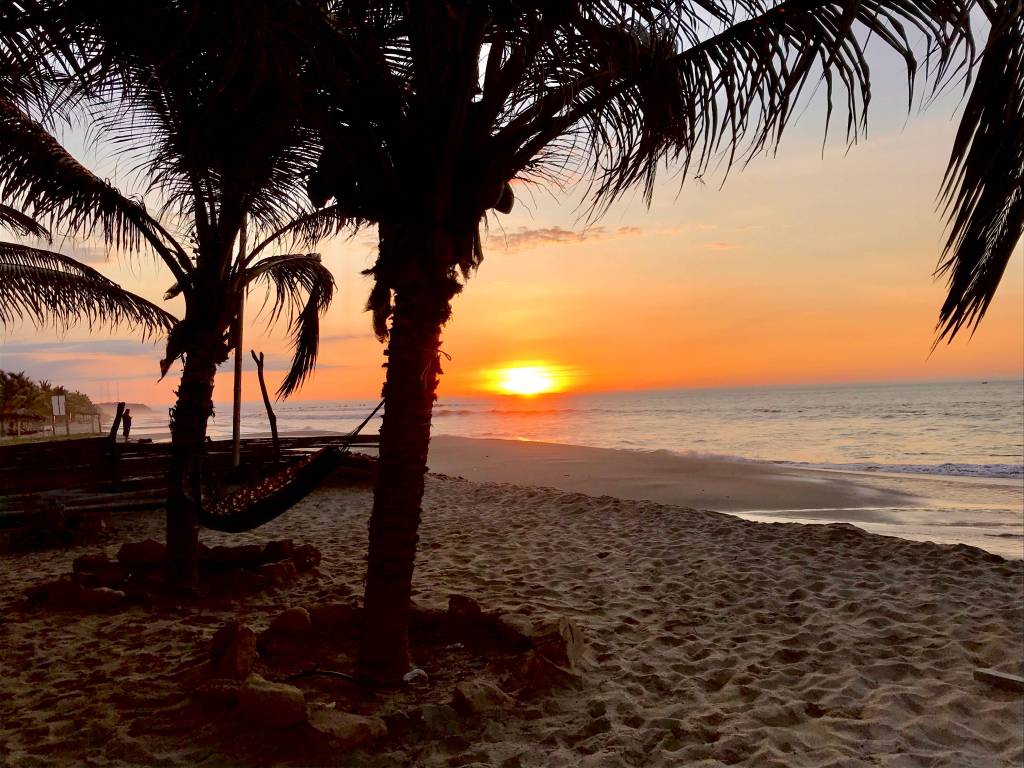
The beach at this campground is little piece of paradise after the surprising drive down from the border. Surprising for different reasons : First of all, we observed an obvious difference between the landscape and infrastructure in place once we had crossed over into Peru. Ecuador was perceived by us as an extremely modern country with a well maintained highway network that often seemed too luxurious for the amount of traffic we encountered. The generous perfectly maintained multi-laned divided highway suddenly disappeared and was replaced by a one-lane undivided road in need of repair. The road system in general seems quite good, at least along the coast, but not to the same standards as in Ecuador (better than Colombia though). We found the « authenticity » that seemed to be a bit lacking in many parts of « Americanized » Ecuador and the traffic in the streets was once again similar to that we had experienced in Colombia in terms of density. People and dogs everywhere and hundreds of tuk tuks (the type and style of the tuk tuks change depending on the region) zig-zagging in all directions ! What was the most surprising and disturbing observation, and one that you need to be blind to miss, is the amount of garbage everywhere in the cities, towns, and in the middle of the nature. Plastic bags flying around, bottles, paper, cans, etc., literally piled up on the sides of the roads and in the fields. Most of the Pacific coast is desert and it is quite shocking to see plastic in the most improbable setting of sand dunes. There is an obvious need for increased public awareness and education on recycling, and the neighbours to the north are a step ahead with their special recycling trash cans available in many public areas.
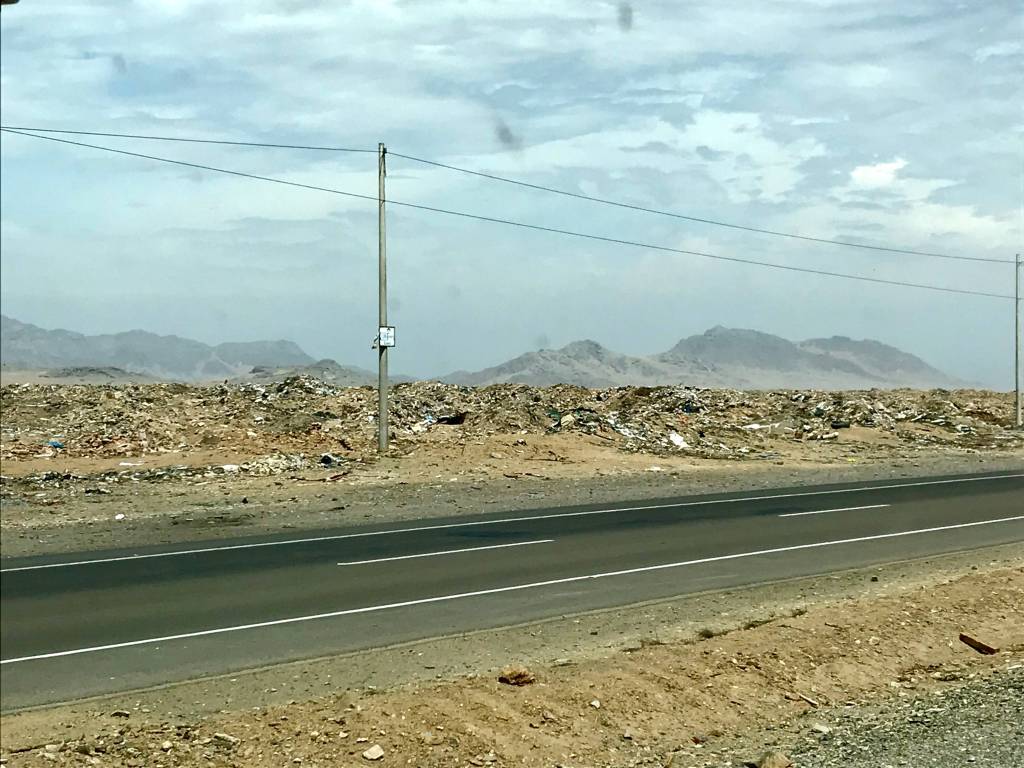
garbage on the side of the highway 
Peru is known for its gastronomy and some of the world’s best restaurants can be found in Lima. However, we did not need to drive down as far as Lima to get a sample of the delicious Peruvian cuisine. In the town next to Swiss Wassi, Zorritos, we had the best Ceviche we had ever tasted at Eduardo El Bruji (thanks for the address Pablo) !
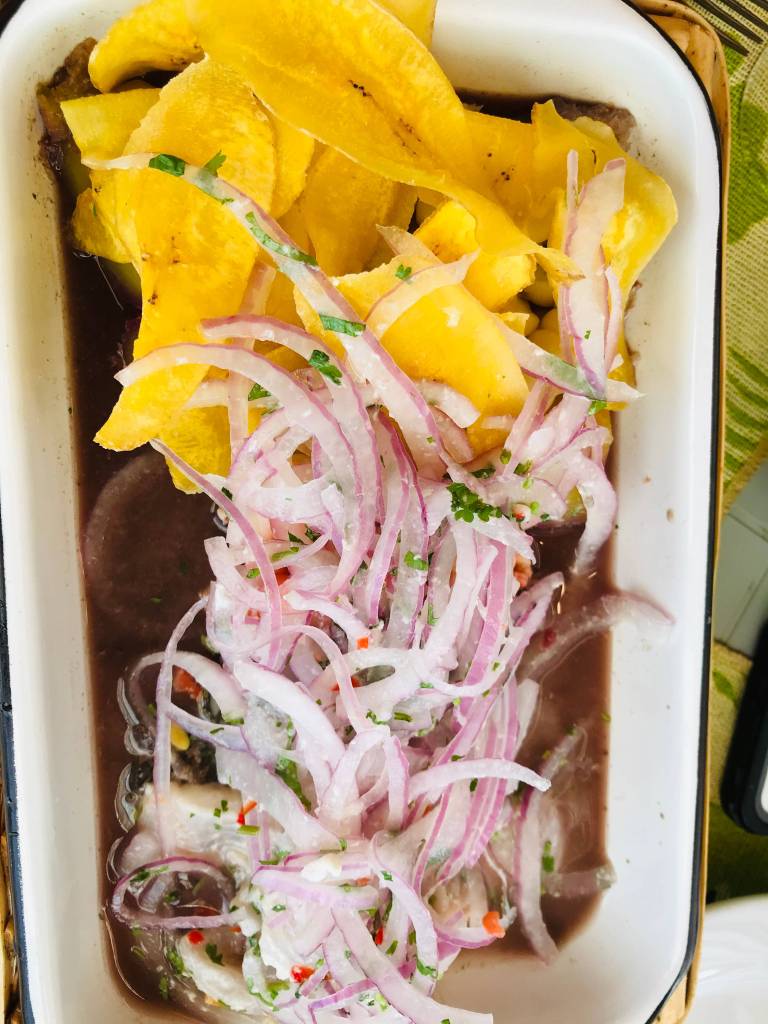
mixed seafood ceviche 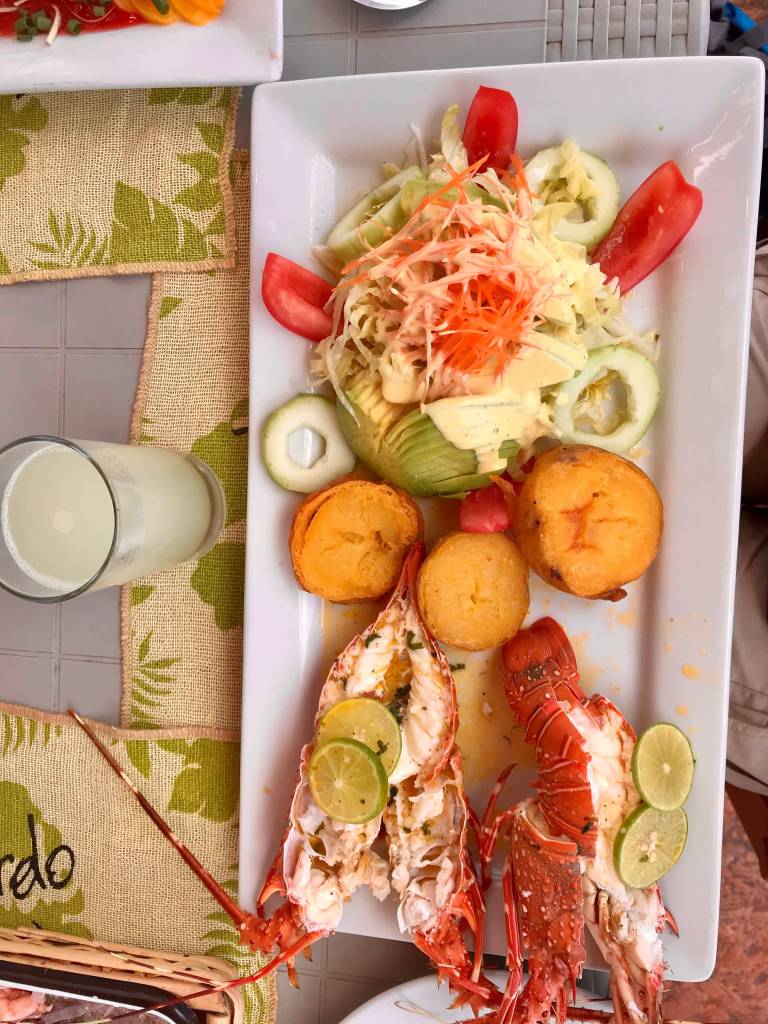
Langoustine
The drive down the coast on the Panamerican Norte is long and the desert scenery can become monotonous, although very beautiful as well in some places. One particulary memorable overnight spot was on a cliff overlooking the Pacific ocean in the peaceful fishing village of Playa Blanca.

Playa Blanca was a real treasure along a coast that is reputed by travellers to be dangerous in terms of robberies and scams. To give you an example, on the travel application we use, iOverlander, there is a special symbol (red triangle with an exclamation mark) to report warnings to other travellers. This is what it looks like along the northern coast of Peru :
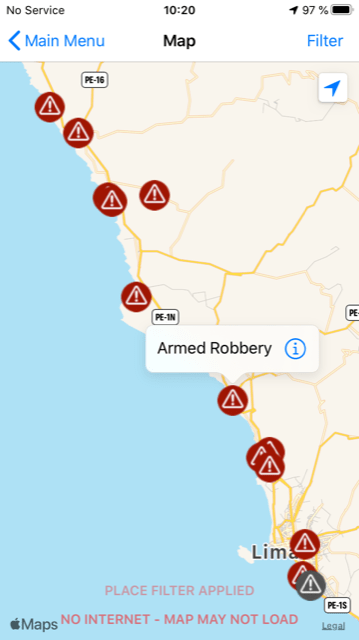
Therefore, rather than wild camping, it is often better to pay for a hotel room or a secured parking lot. We came across this rather strange looking motel in a town called Barranca, north of Lima. Normally one can enclose their motel room and their vehicle behind an individual closed gate. However, as Tommy was just a bit too long to fit, we had to leave ourselves exposed to the dangers of the night (hahaha) !
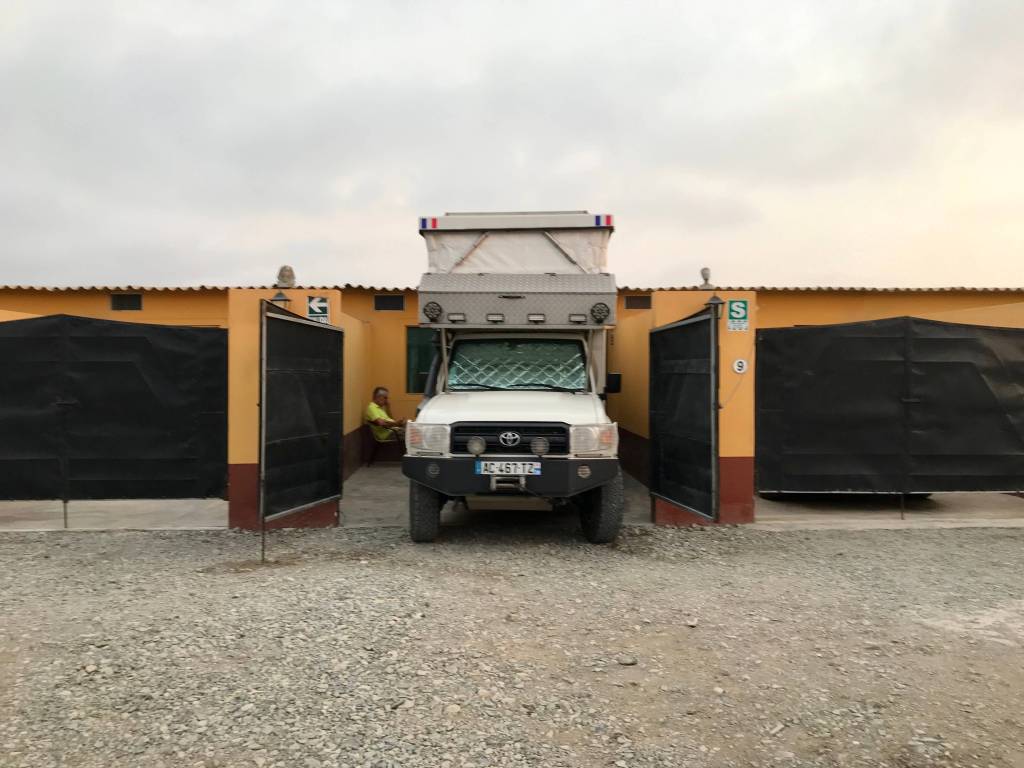
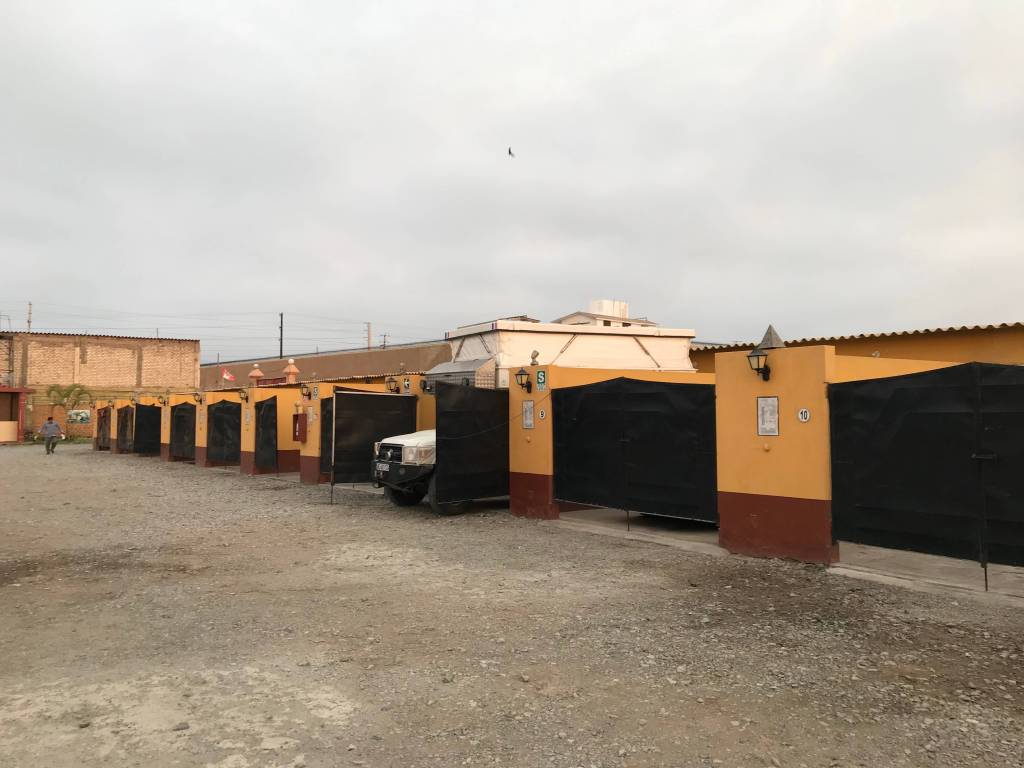
The museo Tumbas Reales de Sipan in Lambayeque also needs to be mentioned. This museum is reputed to be one of Latin America’s biggest and showcases 1400 objects of gold, silver, copper, bronze, sea shells, and ceramic. It is a museum that is dedicated to the royal tombs of the Lord of Sipan, a pre-Columbian sovereign, other royalty of this era buried some 1700 years ago, and the treasures that were buried with them. We have no photos as photography is forbidden inside the museum. However, we do have a photo taken in the parking lot of the museum which nicely illustrates a sociological observation we have made all along our voyage; there is a cultural link to the size of the vehicle one travels in as an overlander…….
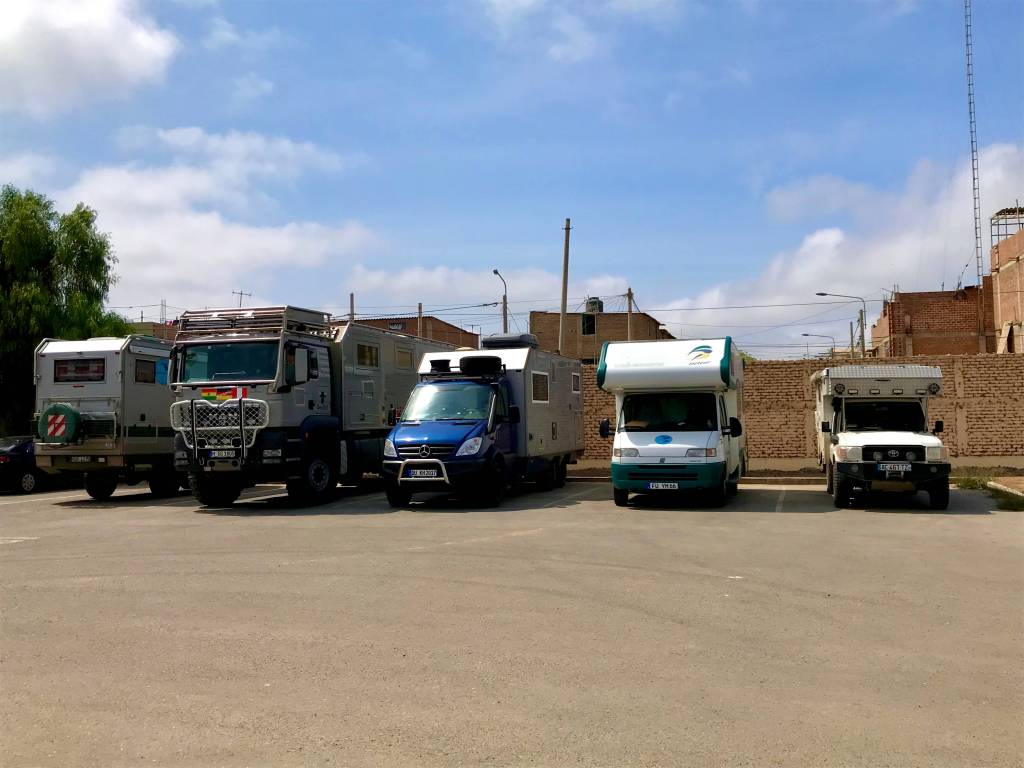
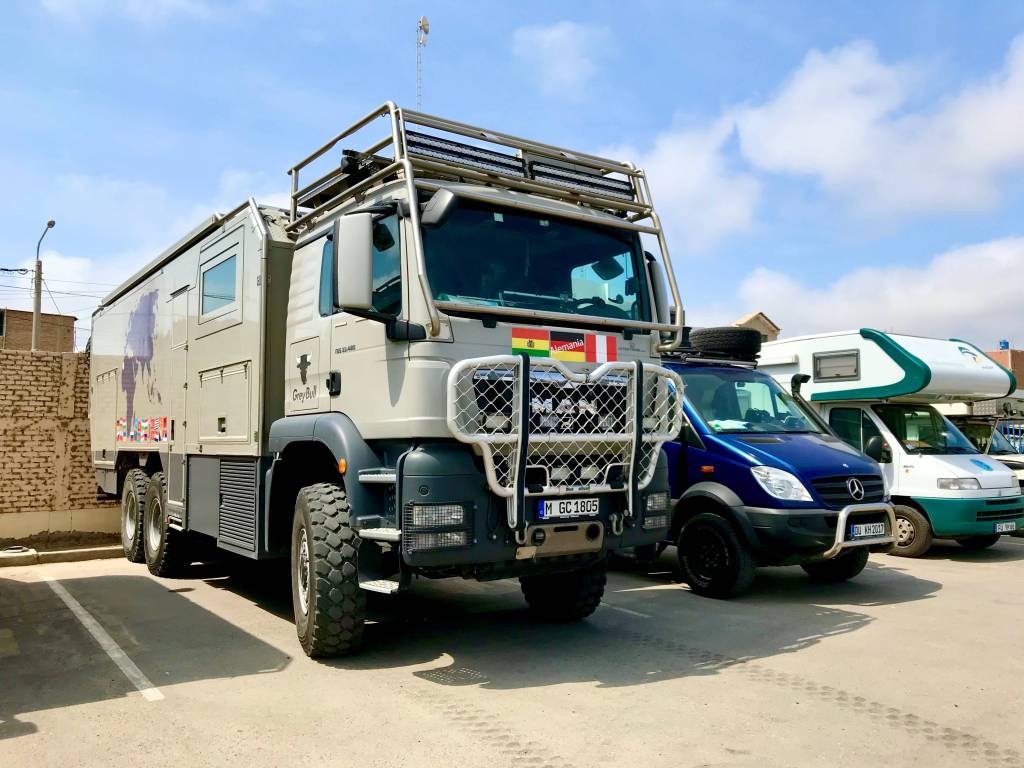
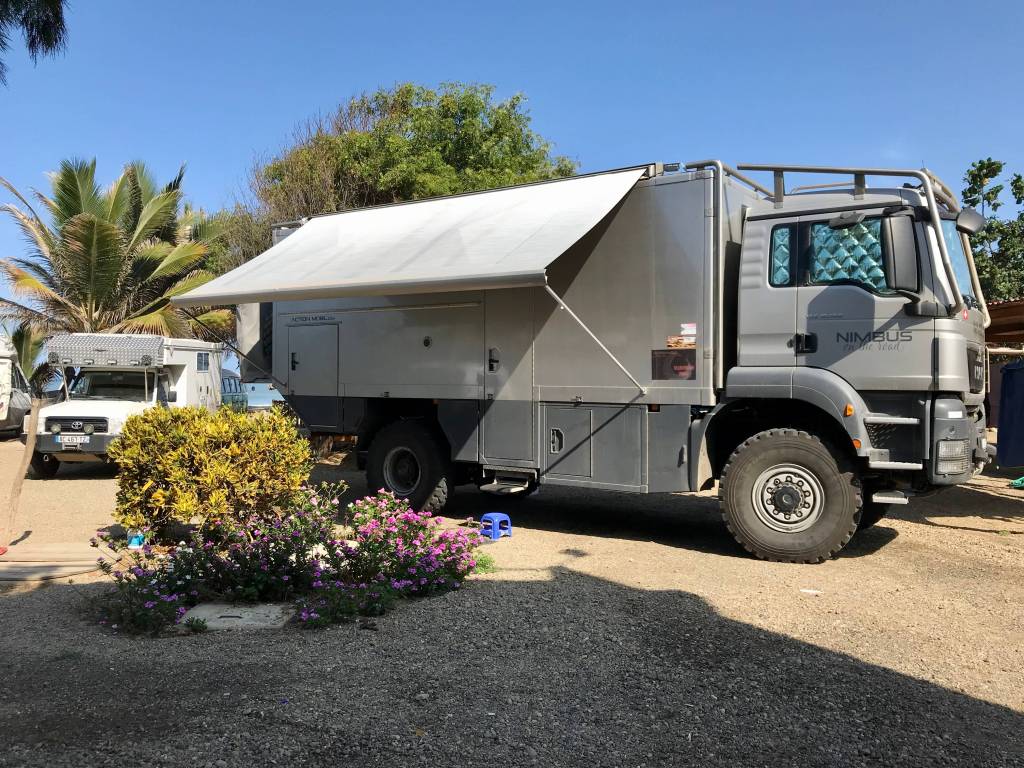
Swiss vehicle and the little Frenchy on the left
We spent a day visiting the city of Trujillo and the pre-Columbian archeological site of Chan Chan, a UNESCO World Heritage Site since 1986. The site built between AD 1100 and 1300 is vast (almost covering 28 square kilometers). It was the capital of the Chimu Empire and was ceded to the Incas in approximately 1470.
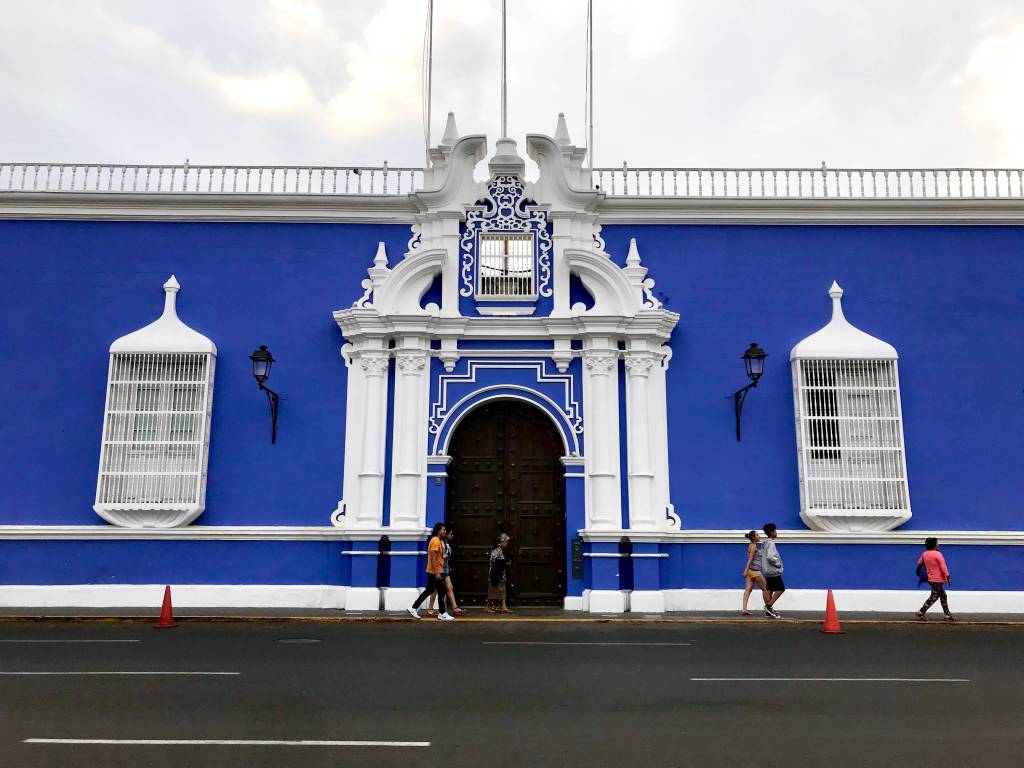
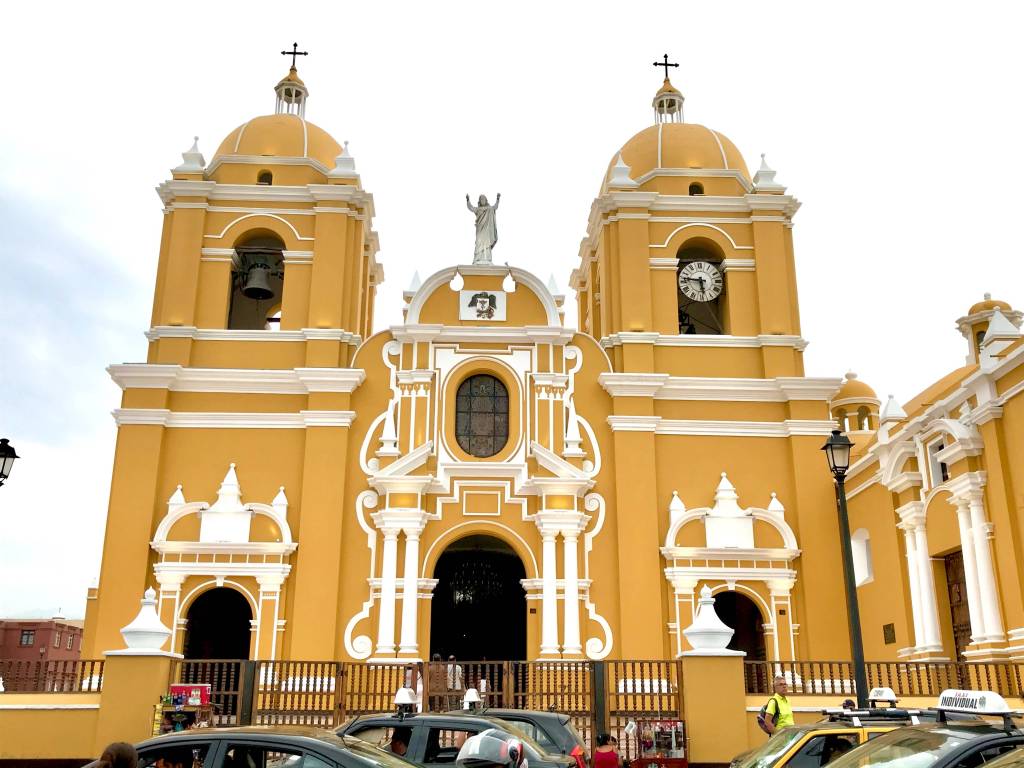
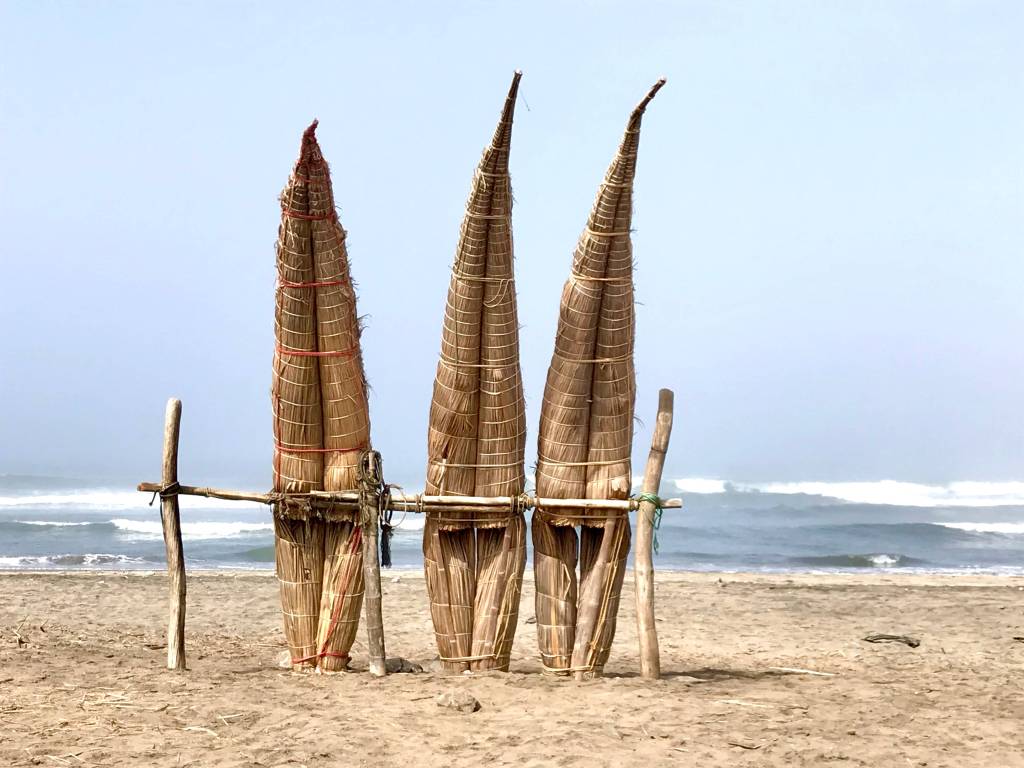
After a long and dusty descent along the northern Peruvian coast, we entered in Lima in the early afternoon on a weekday. Although not exactly fluid, the traffic in Lima was actually better than we had anticipated. We headed straight to Anne and Manuel’s place (Anne is the god-daughter of our neighbour Jean-Louis), and we had plans to park Tommy in front of their house while visiting Lima. We also picked up a couple of electrical parts that Anne transported back from France for Tommy (more on this later). Thanks Anne and Manuel for your great hospitality, helpful recommendations, and the amazing bread !
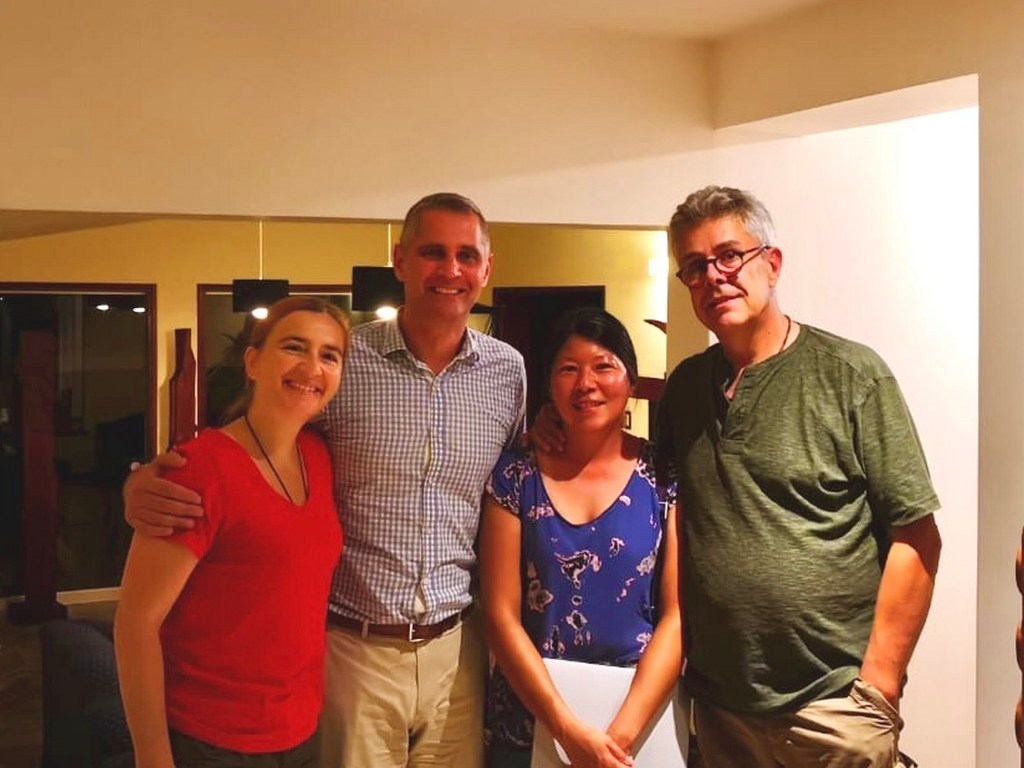
Lima is one of those places that often has a bad reputation among travellers e.g., dirty, ugly, unsafe….etc. However, we really enjoyed our stay and one of the highlights in addition to visiting the old historical center, was discovering many culinary specialties. The gastronomical scene has really made itself known internationally in recent years and there are great affordable restaurants everywhere. One of our favorites was « Panchita » in Miraflores. It must be said that as a tourist, we really only visited the « safe » areas of town, but we saw a lot of beautiful architecture and felt completely comfortable during the few days we spent in the city. For me, Lima has always been one of those « mythical » places that I have always wanted to visit since childhood, and we did not leave disappointed!
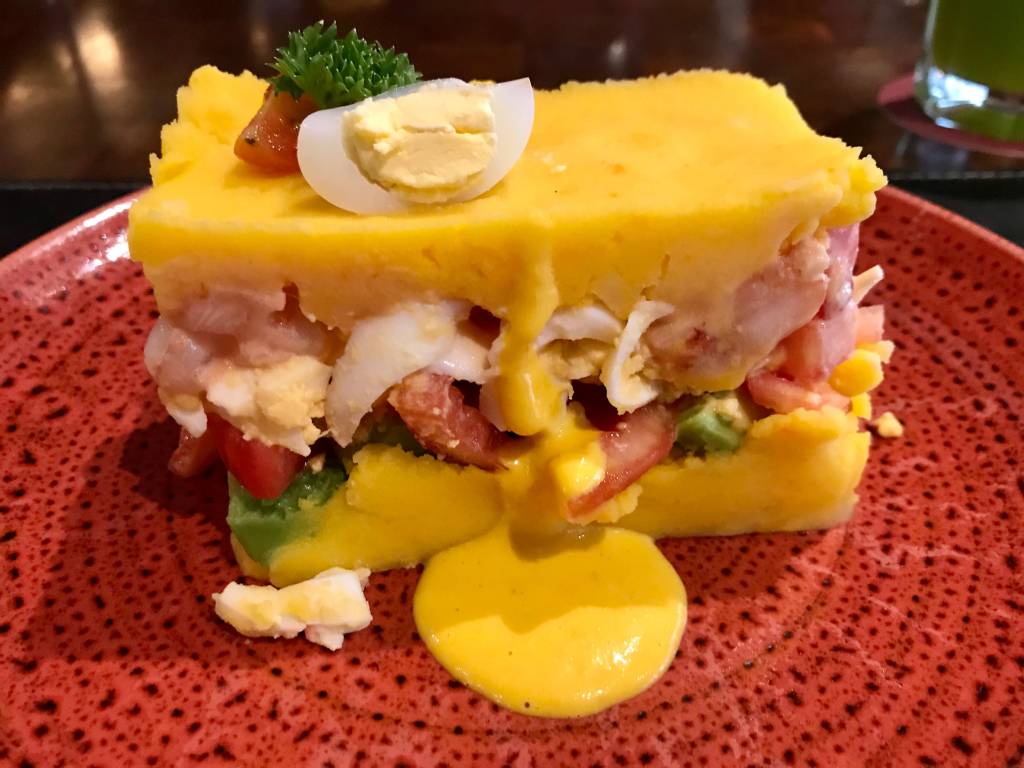
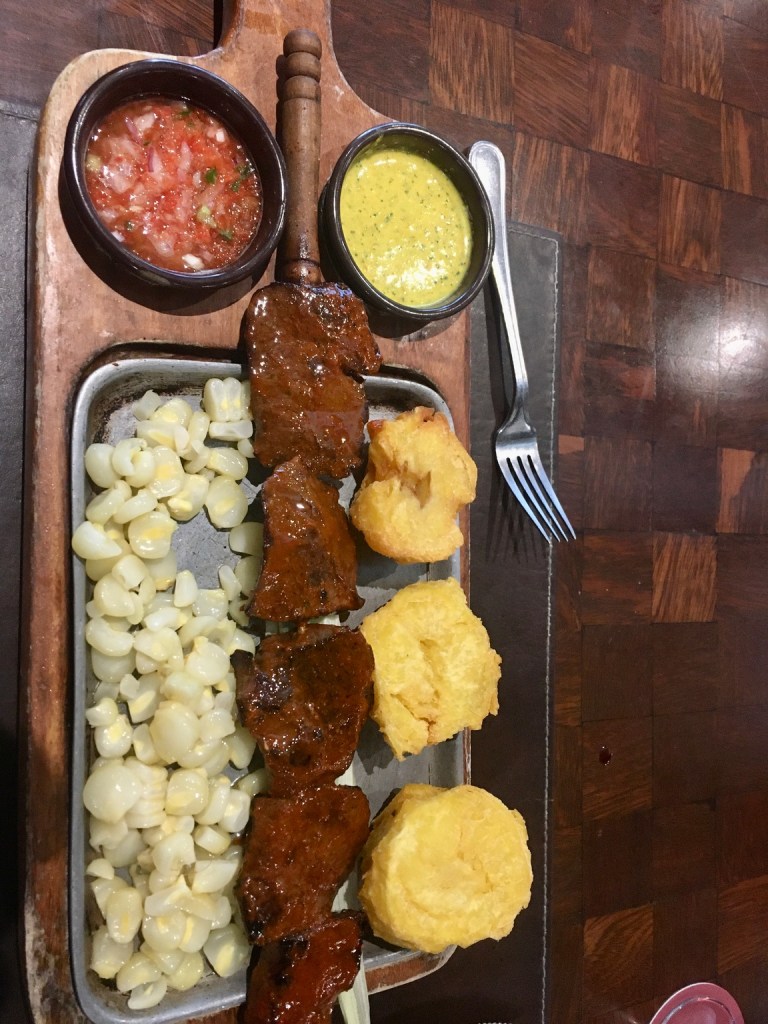
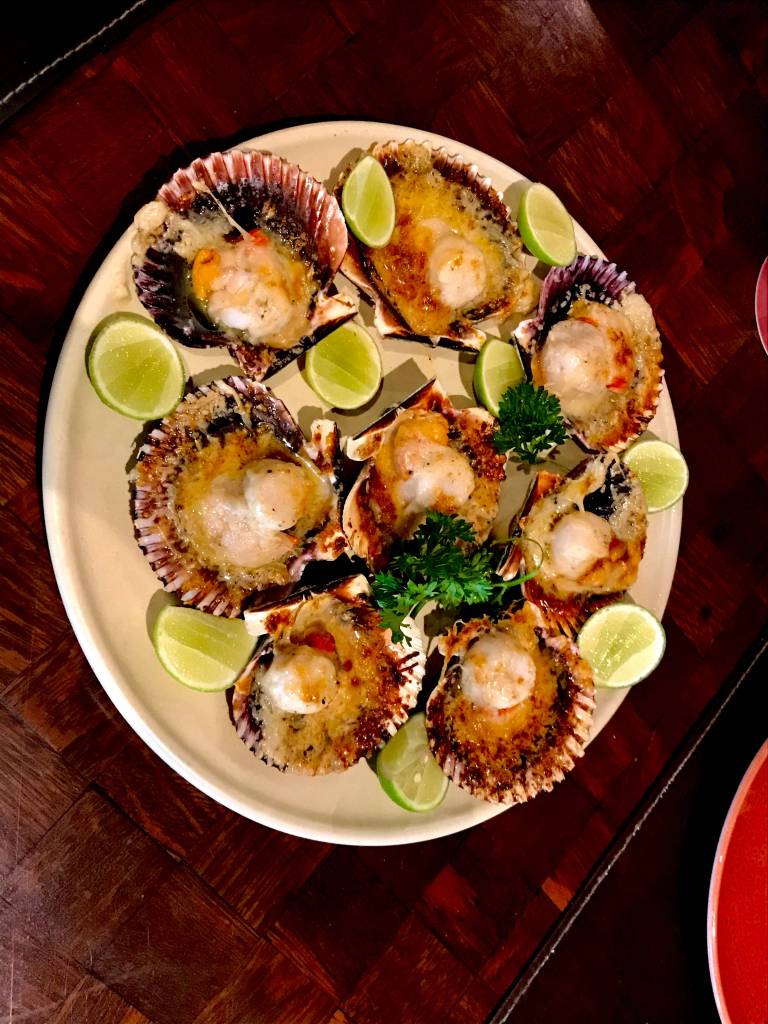
conchitas a la parmesana
At the end of our stay in Lima, we tried our luck at an « automotive garage strip » with one garage after another specializing in all imaginable types of automotive maintenance and repairs. We found an electrician with « 40 years of experience » who re-routed our electrical relay to our solar panels (the circuit had been broken and re-routed in a temporary way when we had our battery problems in Cartagena back in December). At the same time an ambulatory repair man came to repair the chain holding up one of the mudflaps that had loosened over time. This is one great thing about South America. You can always find someone to repair whatever needs reparing at practically any hour of the day. Service is fast, efficient, and cheap and there is no need for appointments !
Since there were still countless kilometers between Lima and Chile we left Lima early in the morning. After a short stop to fill up with gas, we were off on the Panamericana Sur ! Next stop, the dunes of Ica and the Nasca Lines !
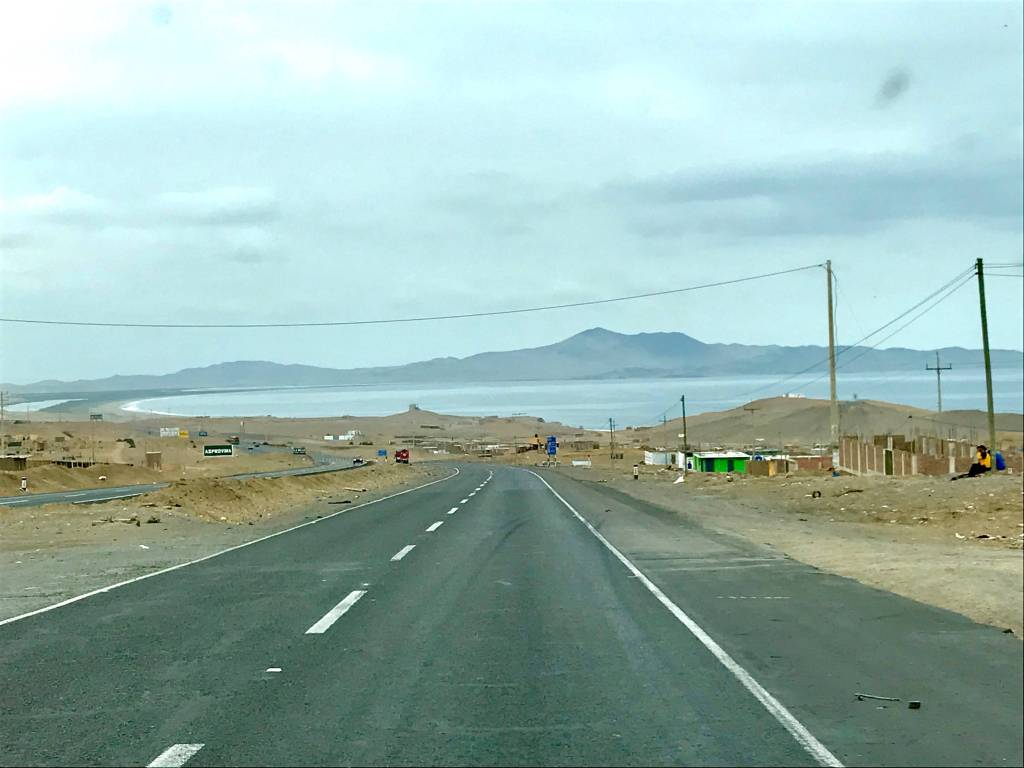
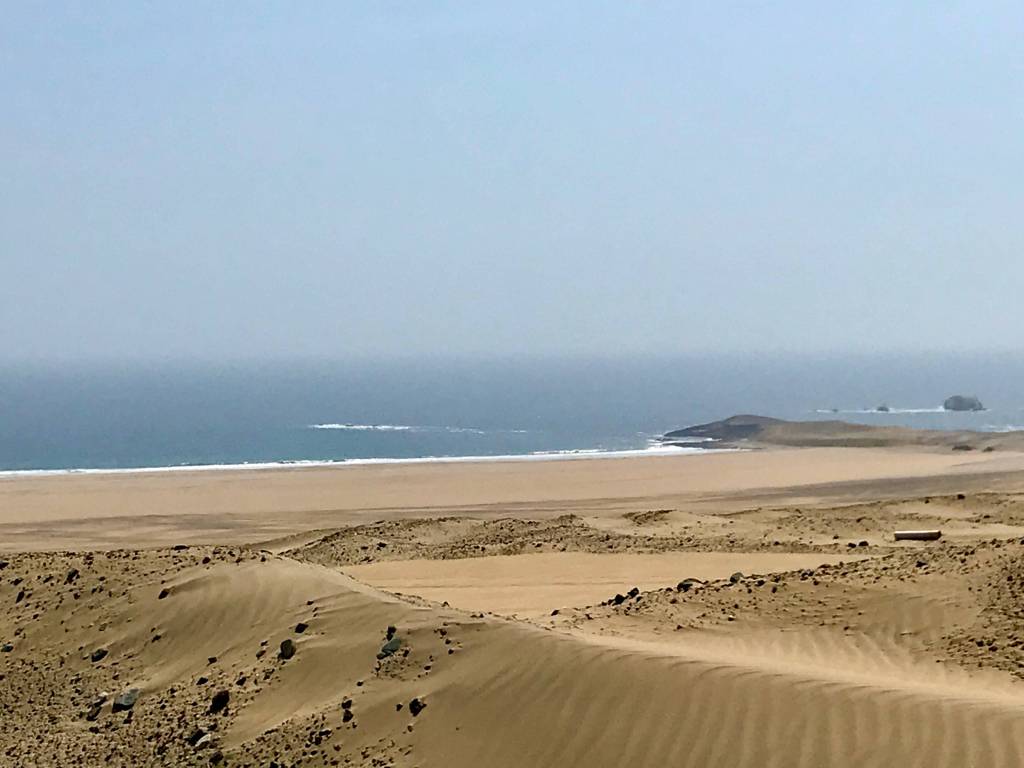
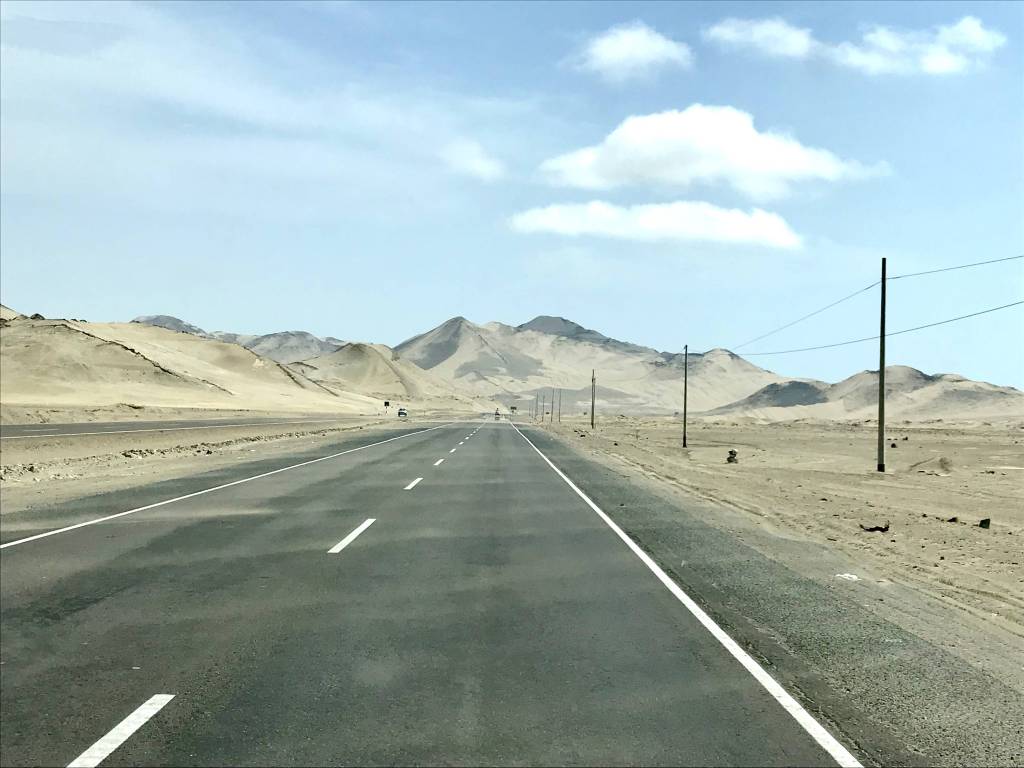
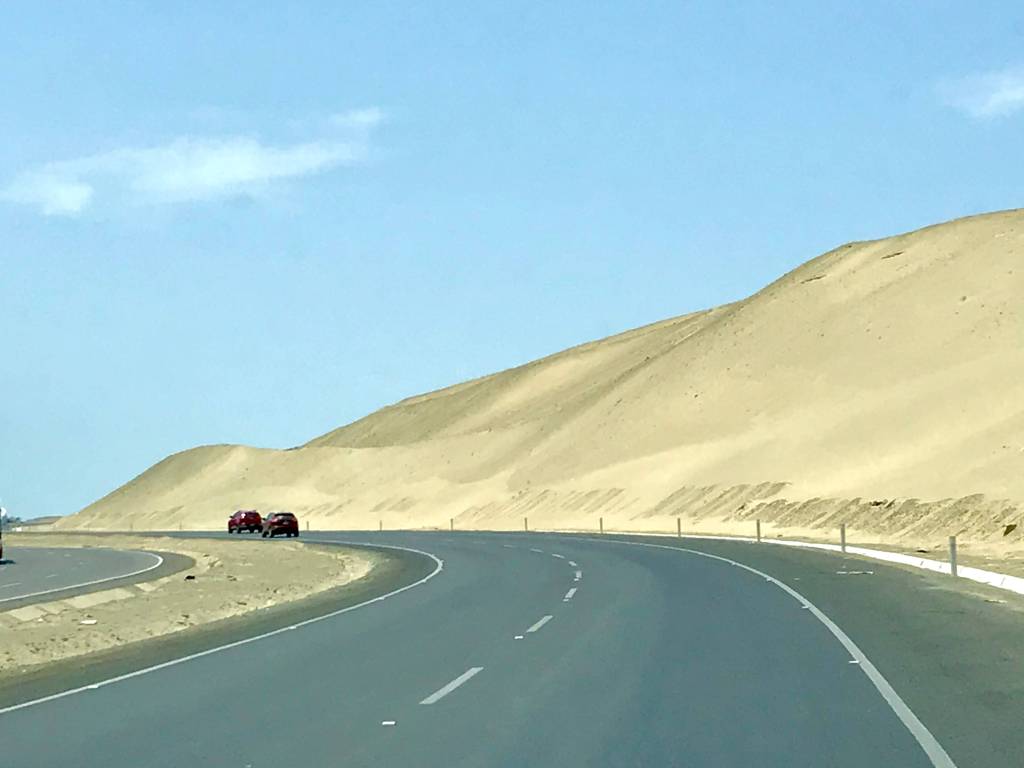


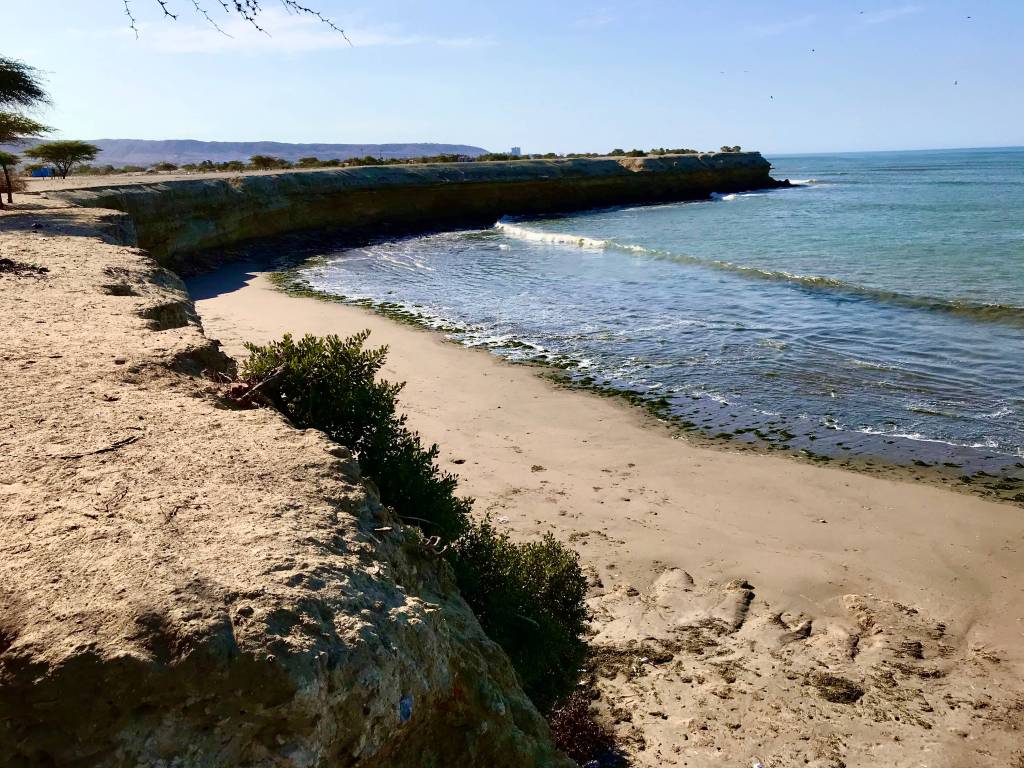
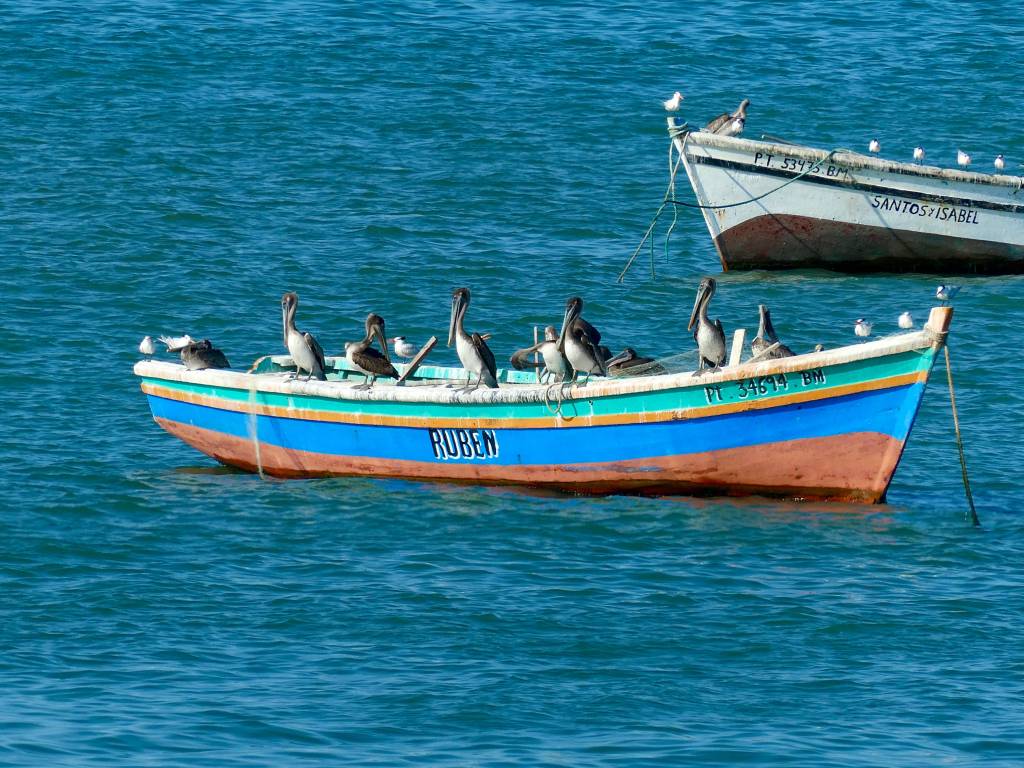
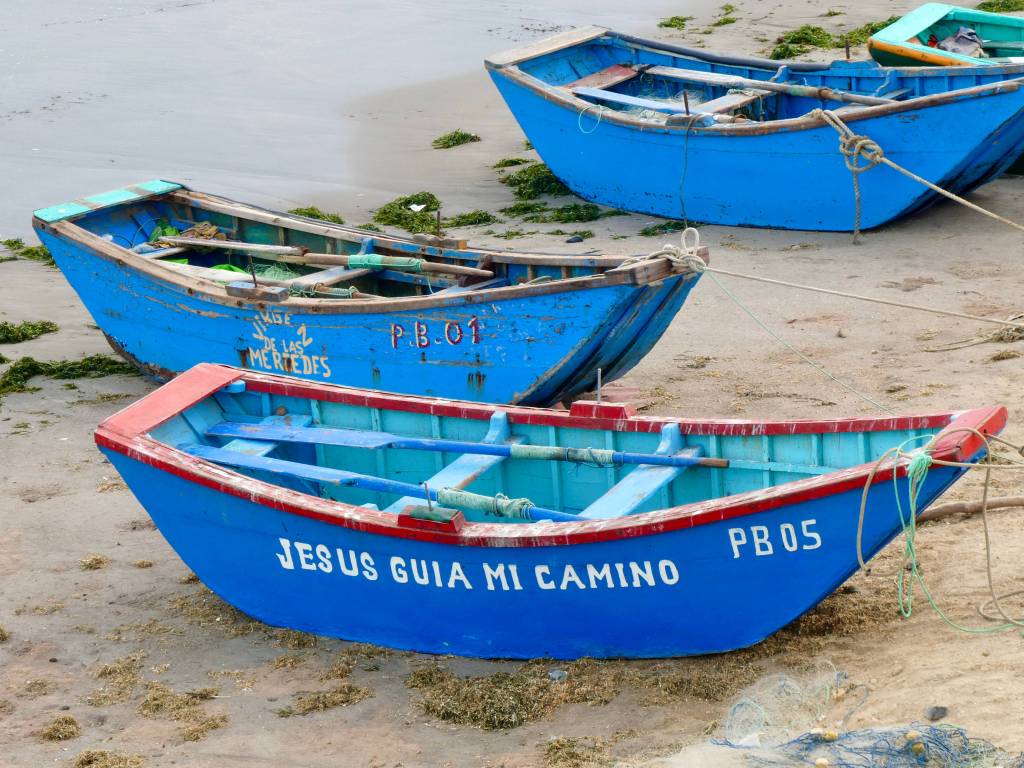

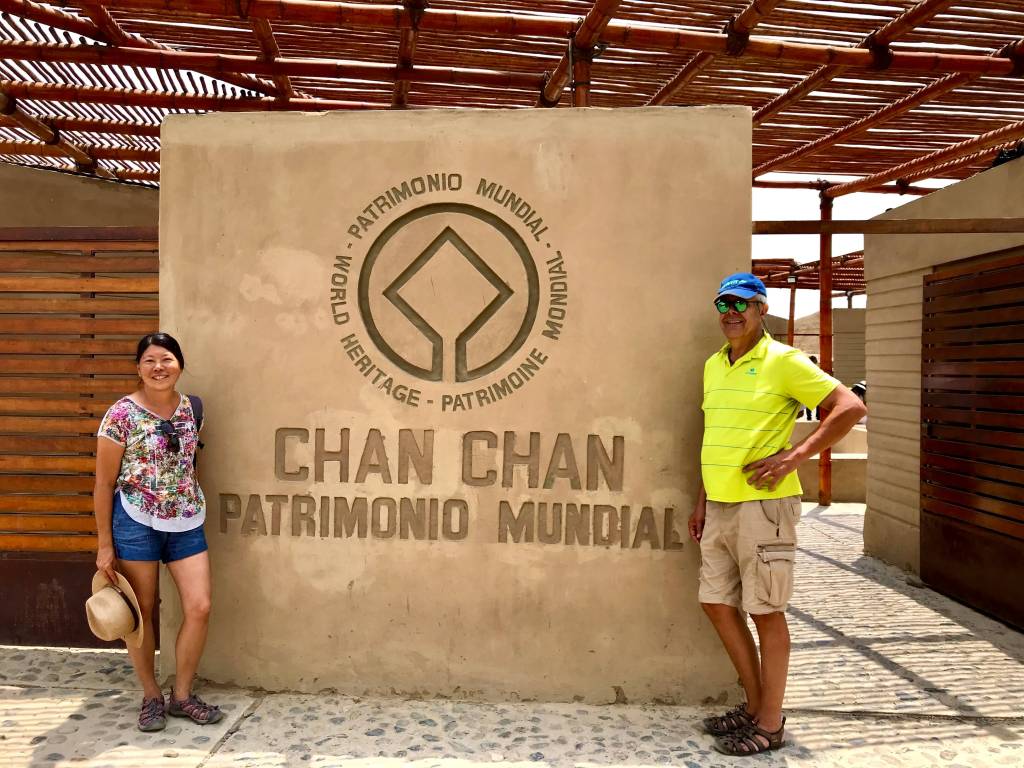

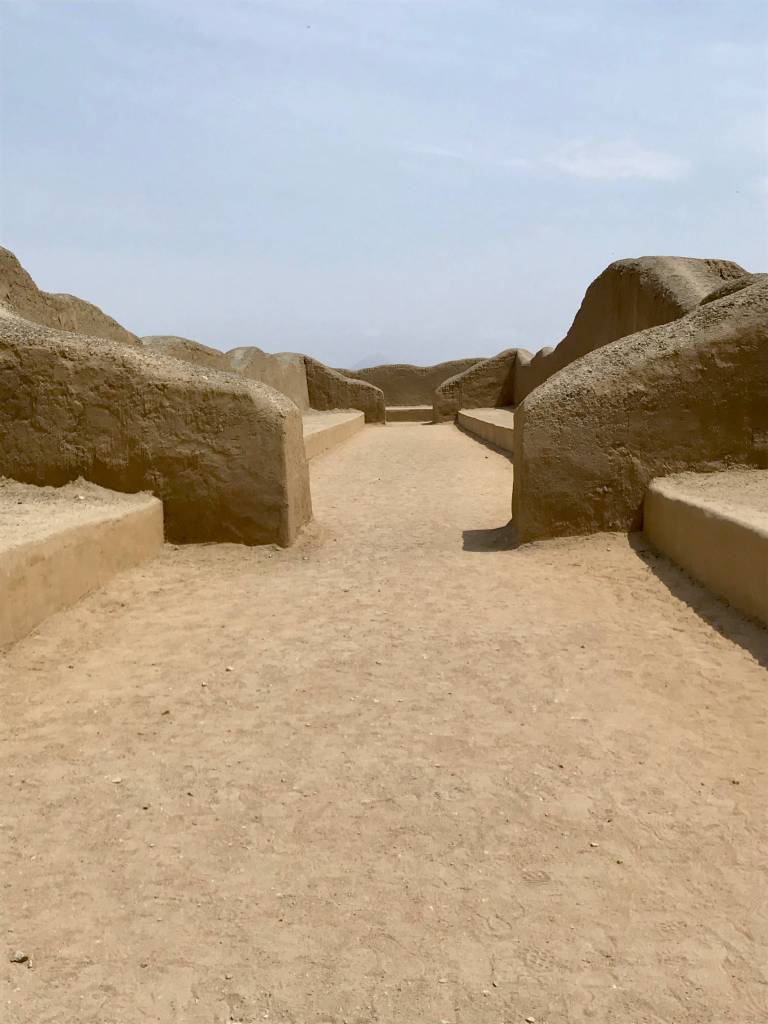
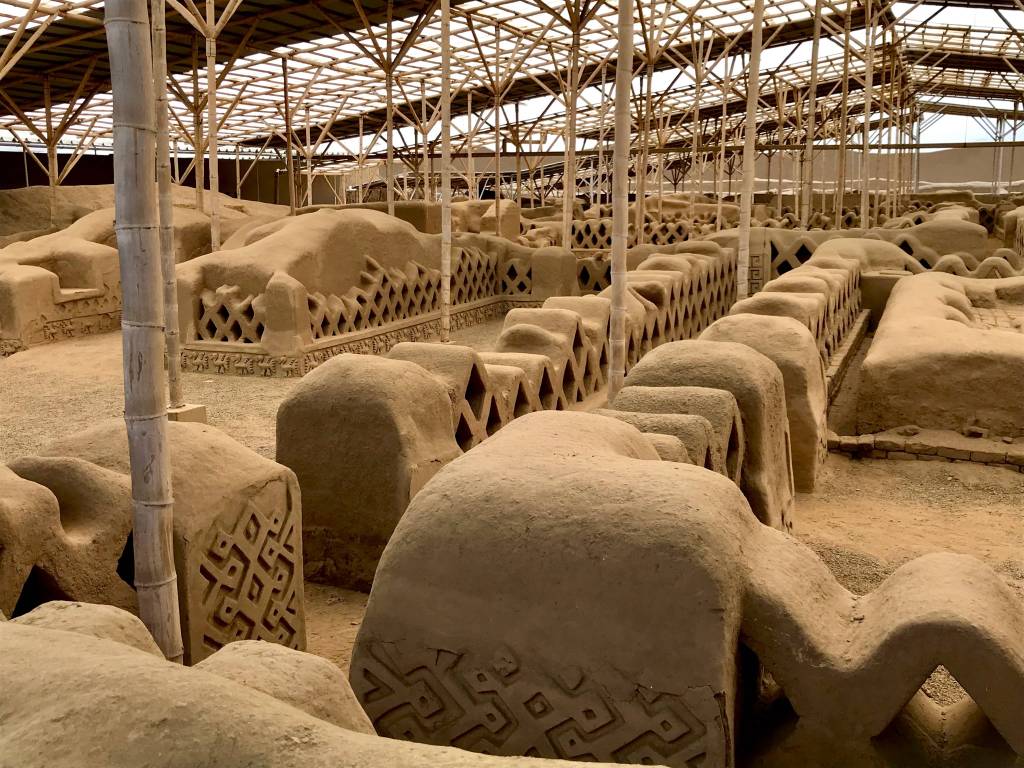
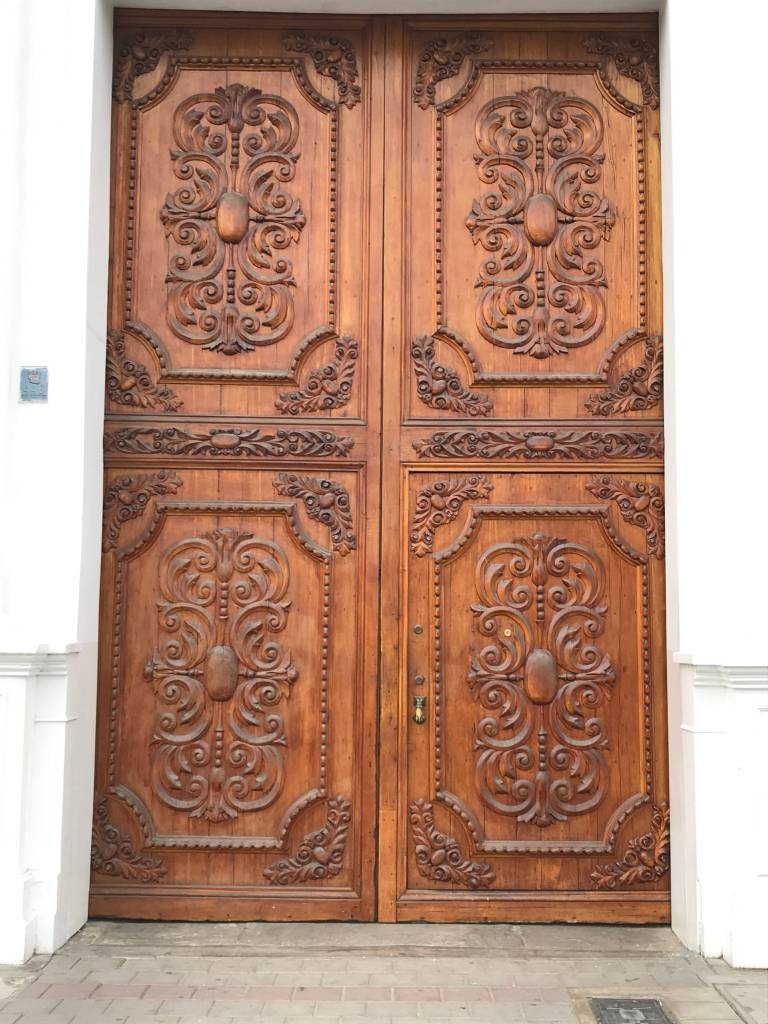
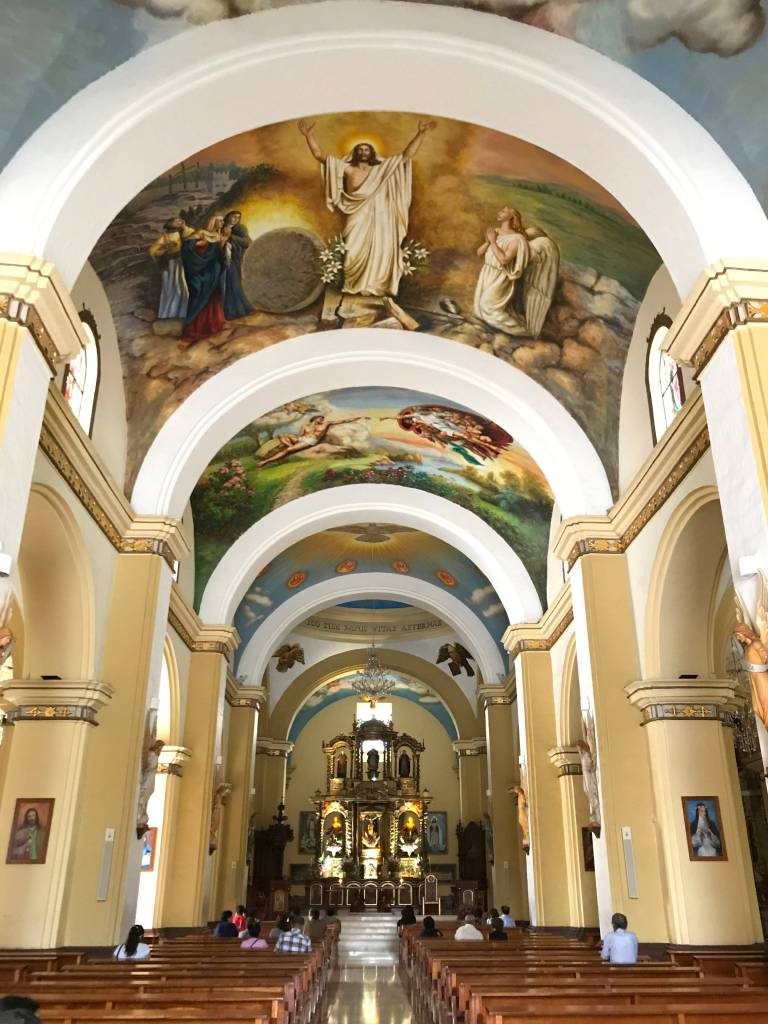
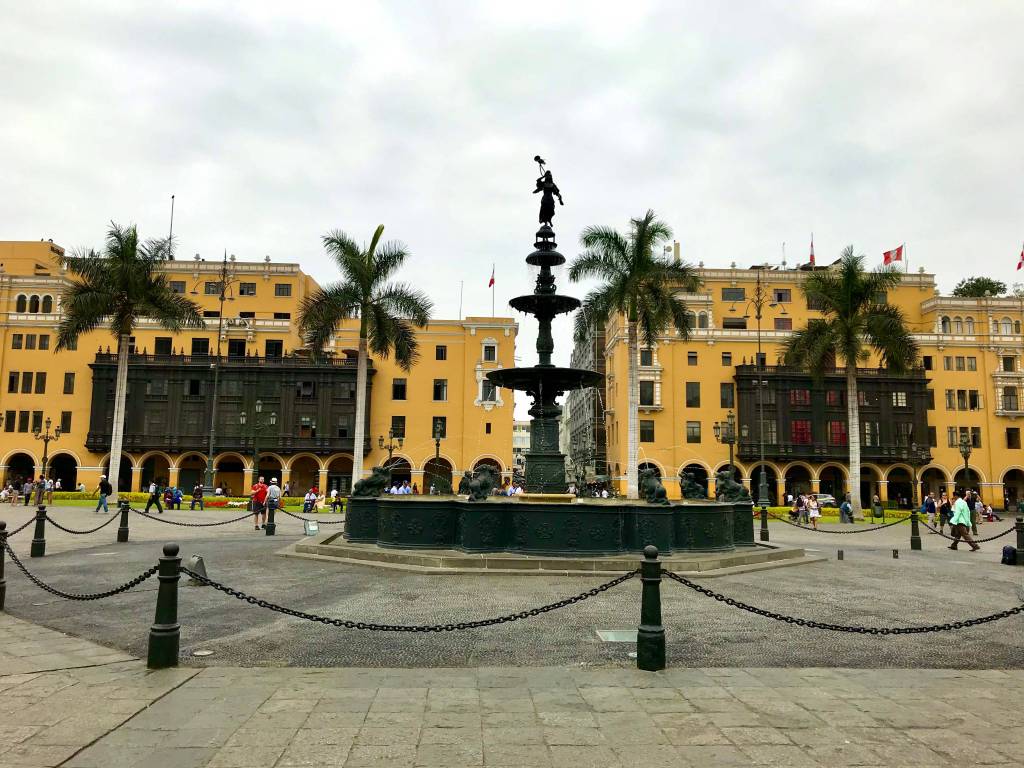
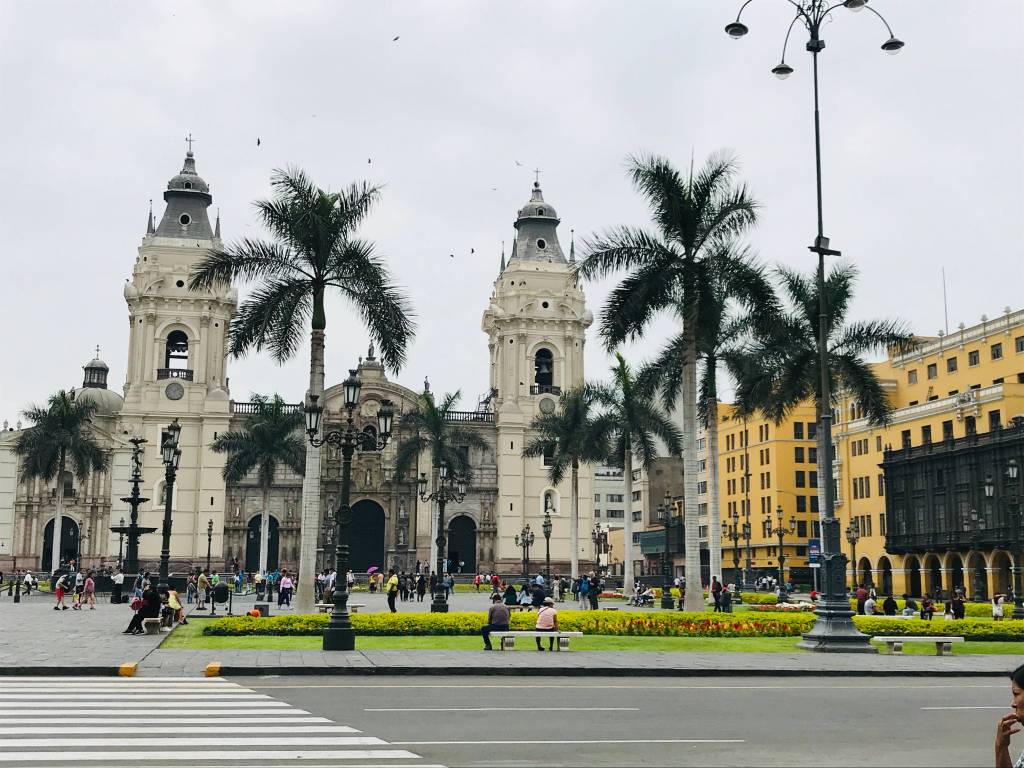

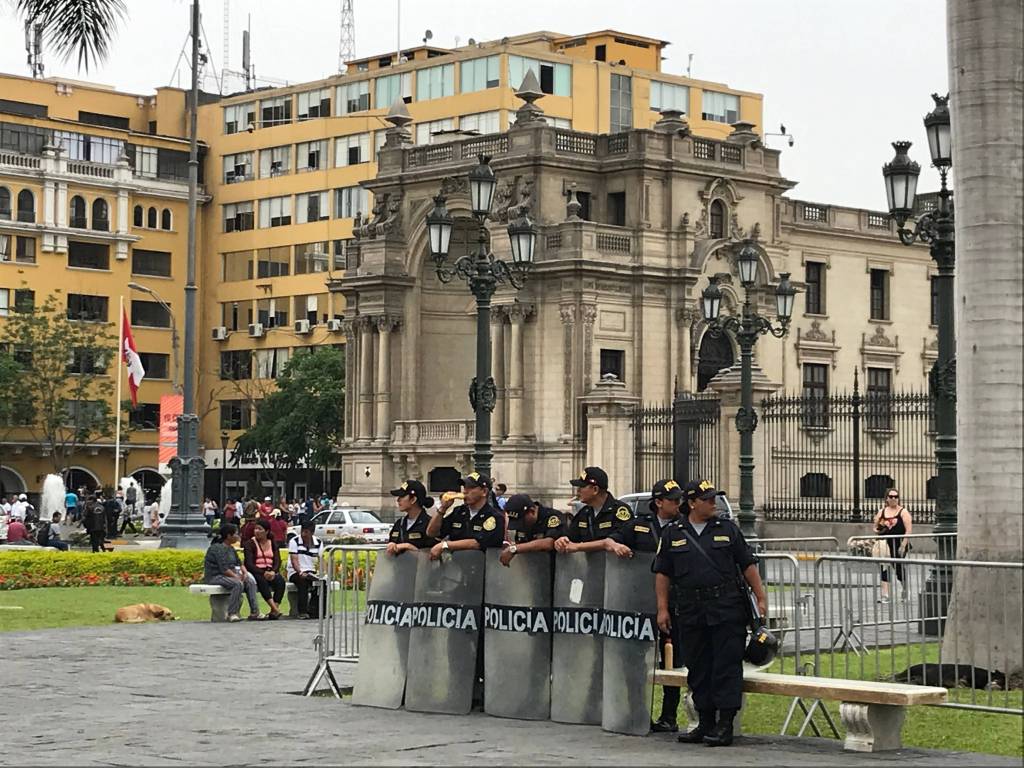
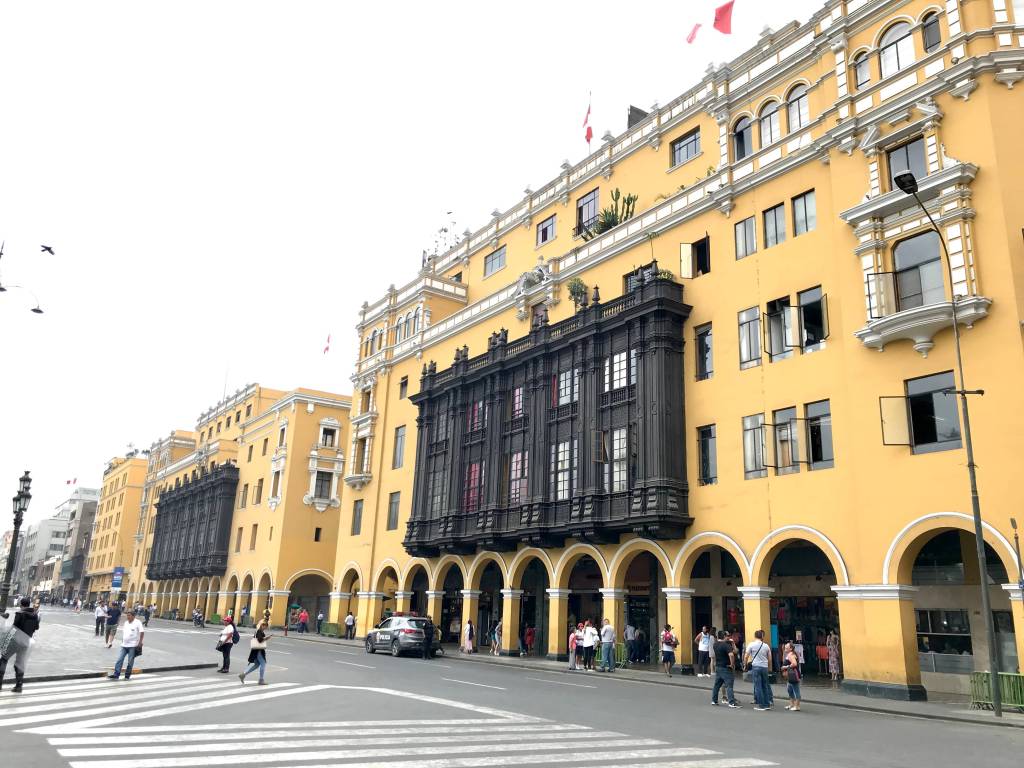
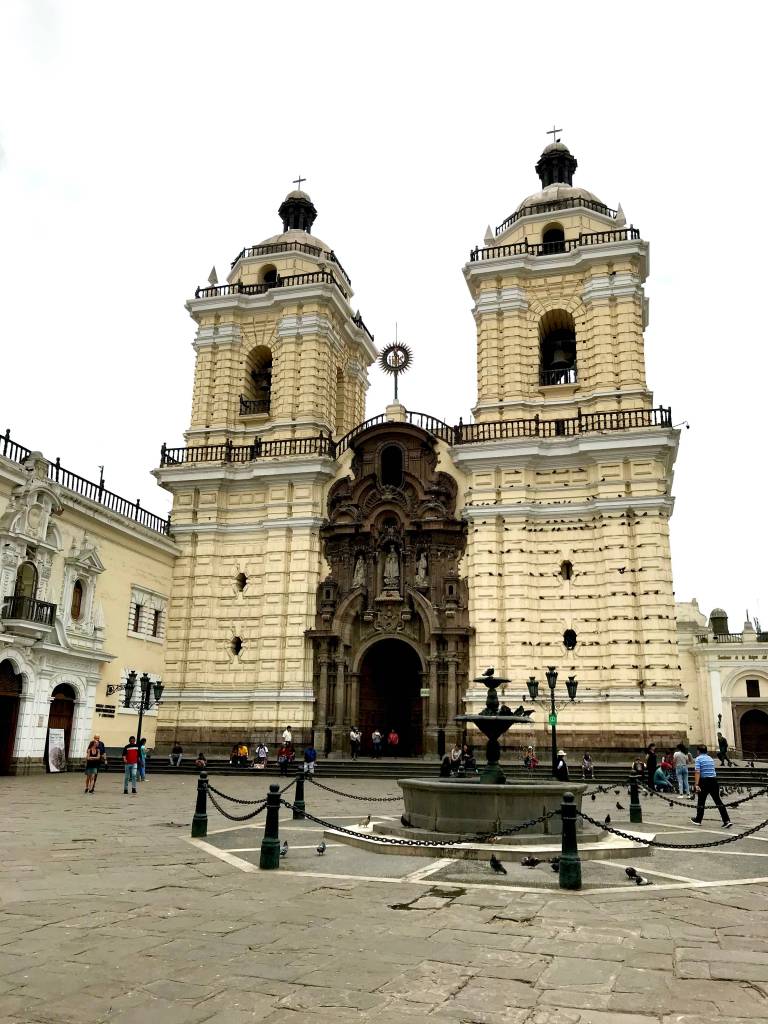

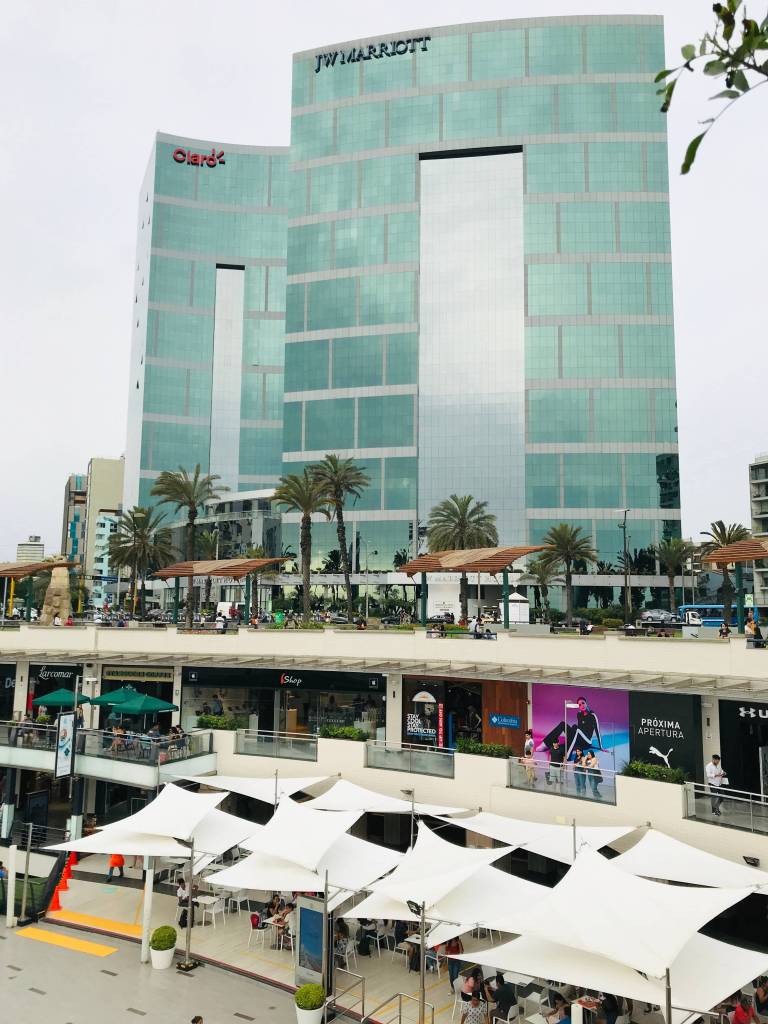
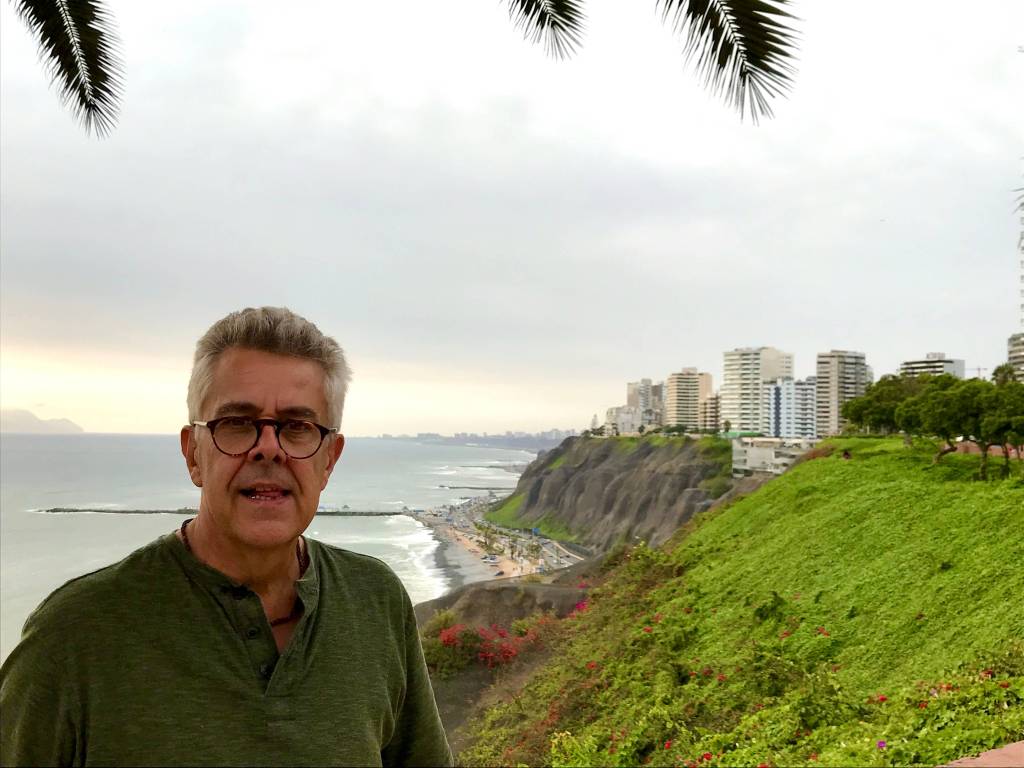
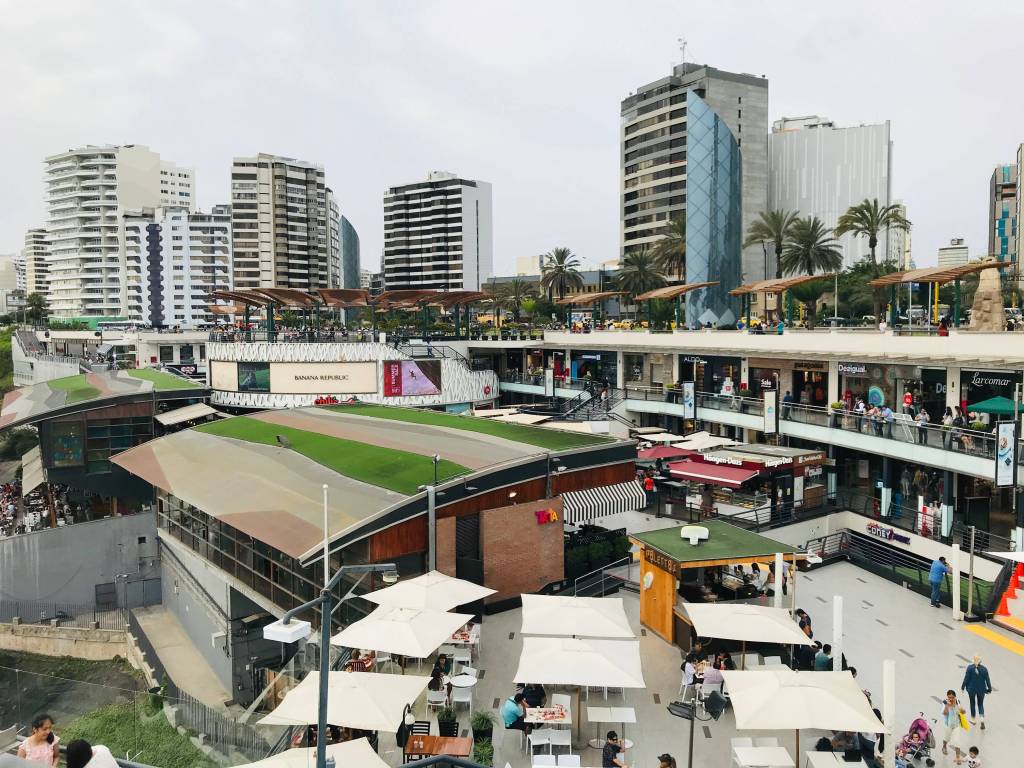
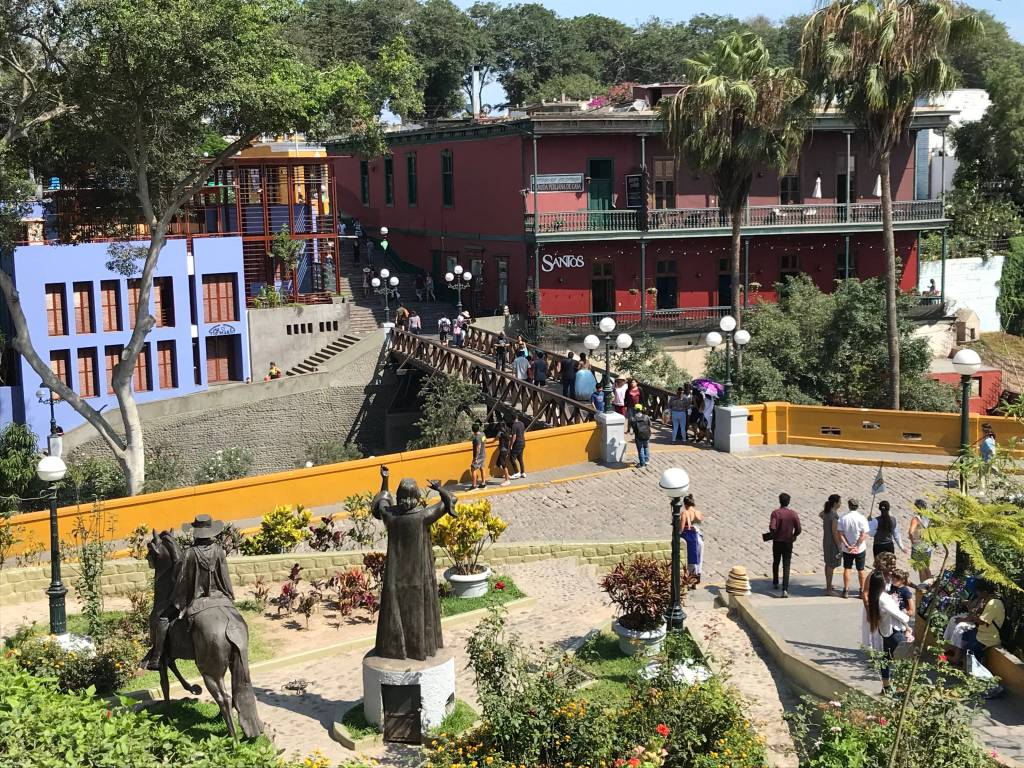

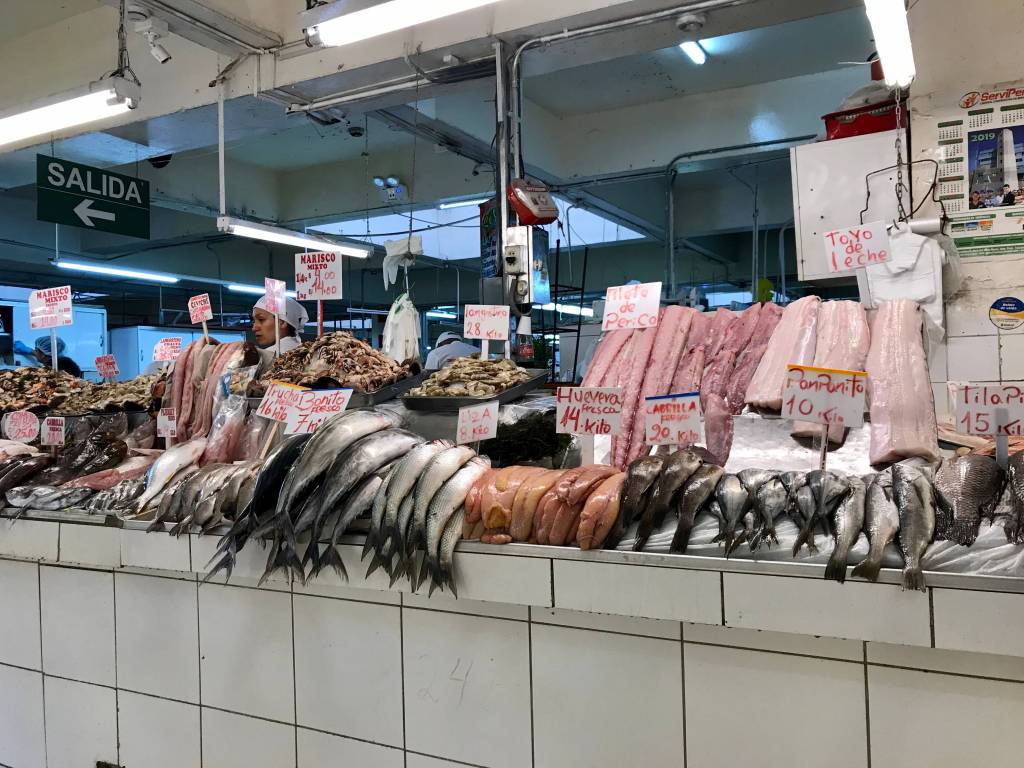
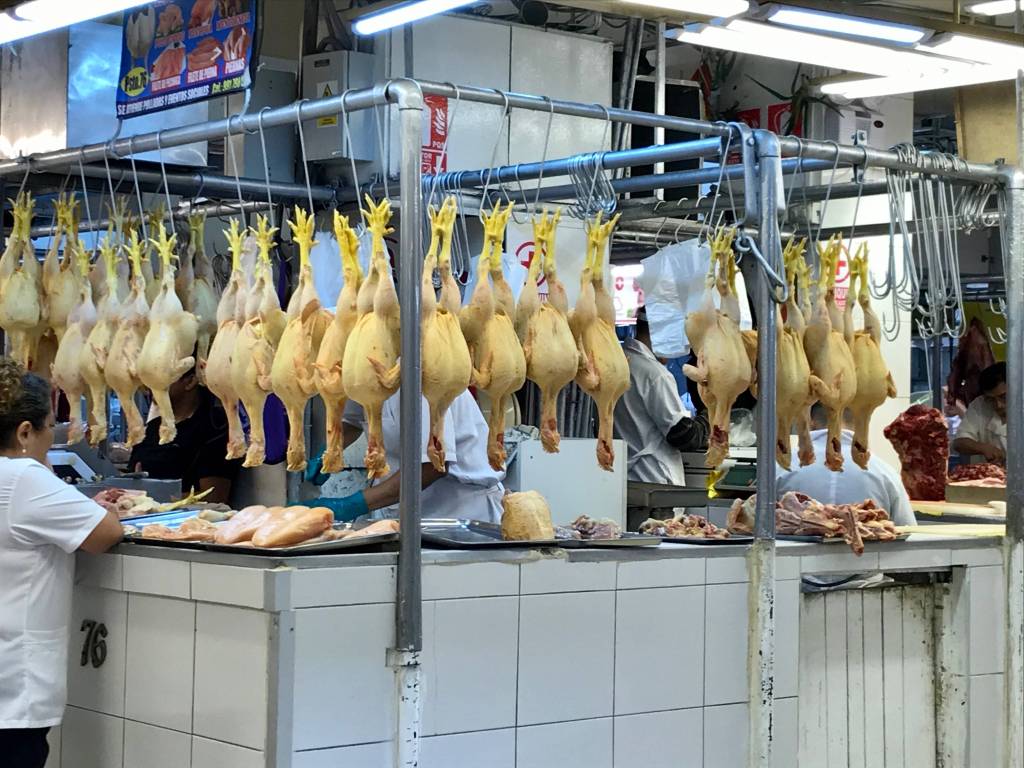
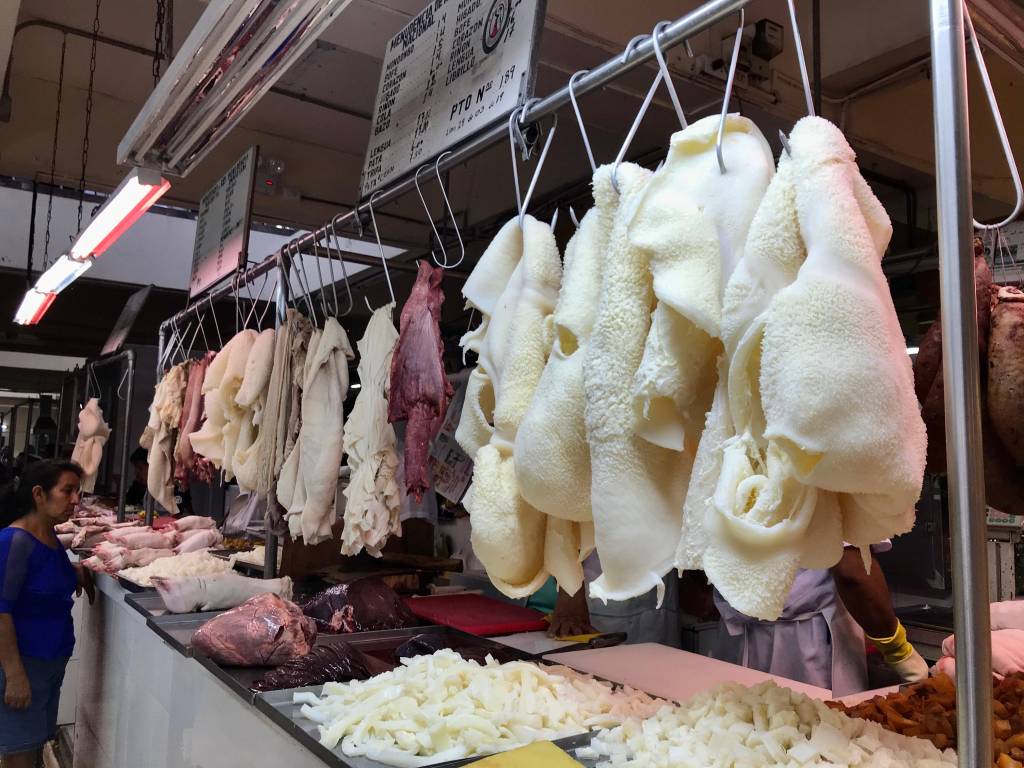
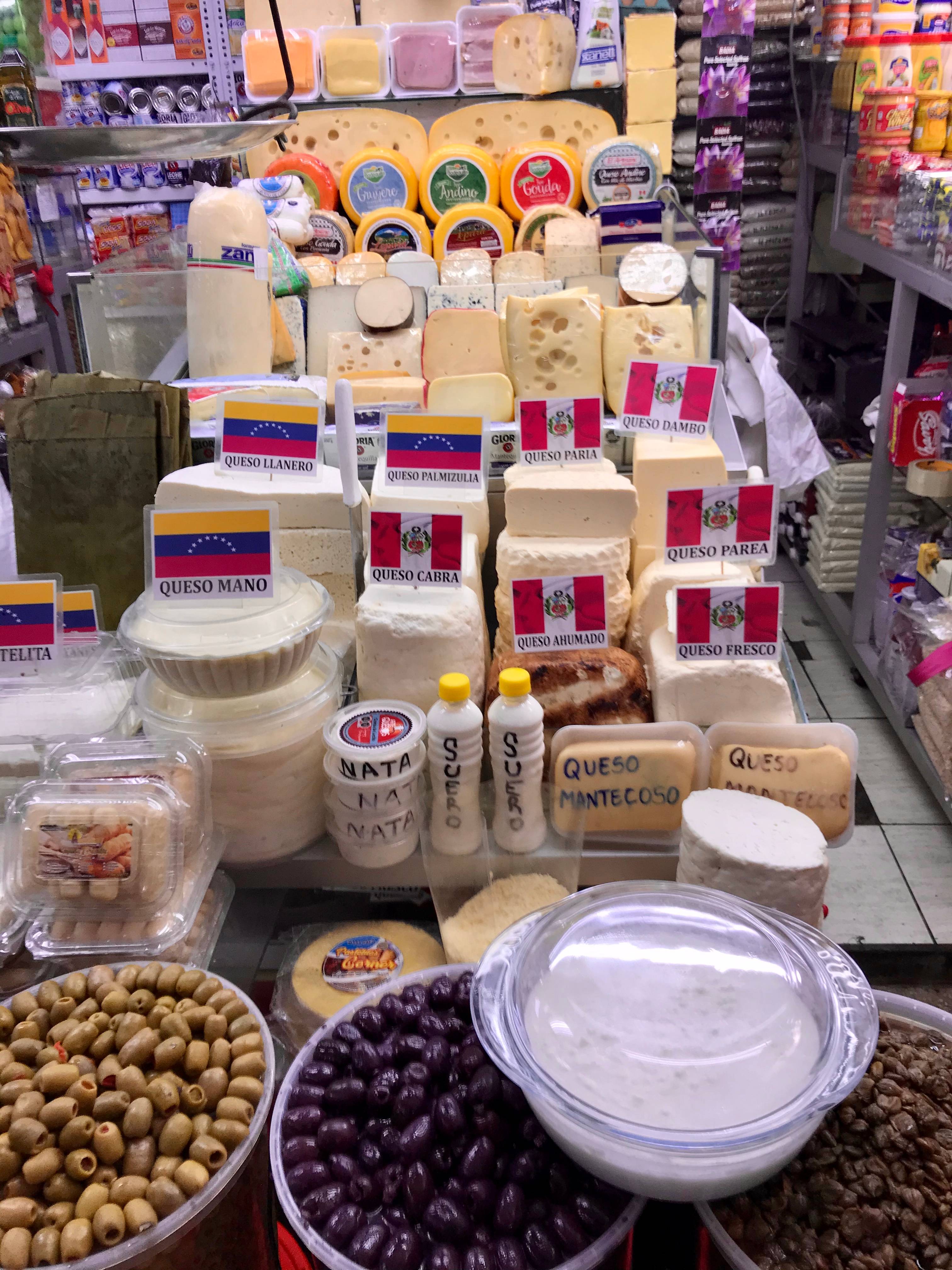
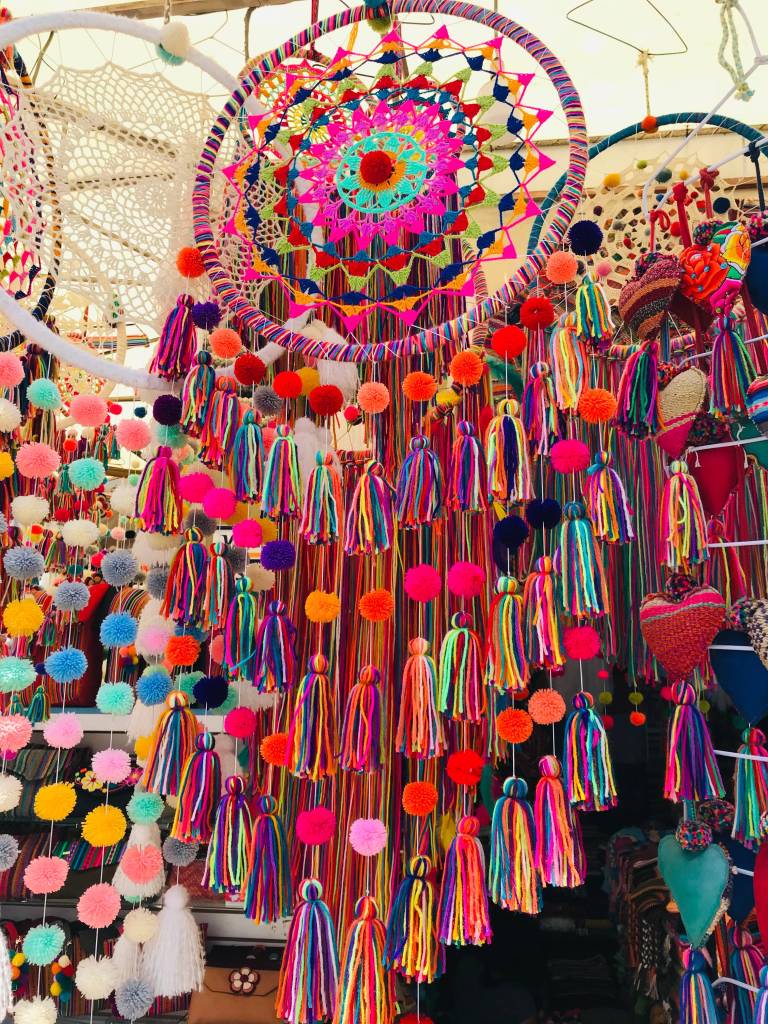
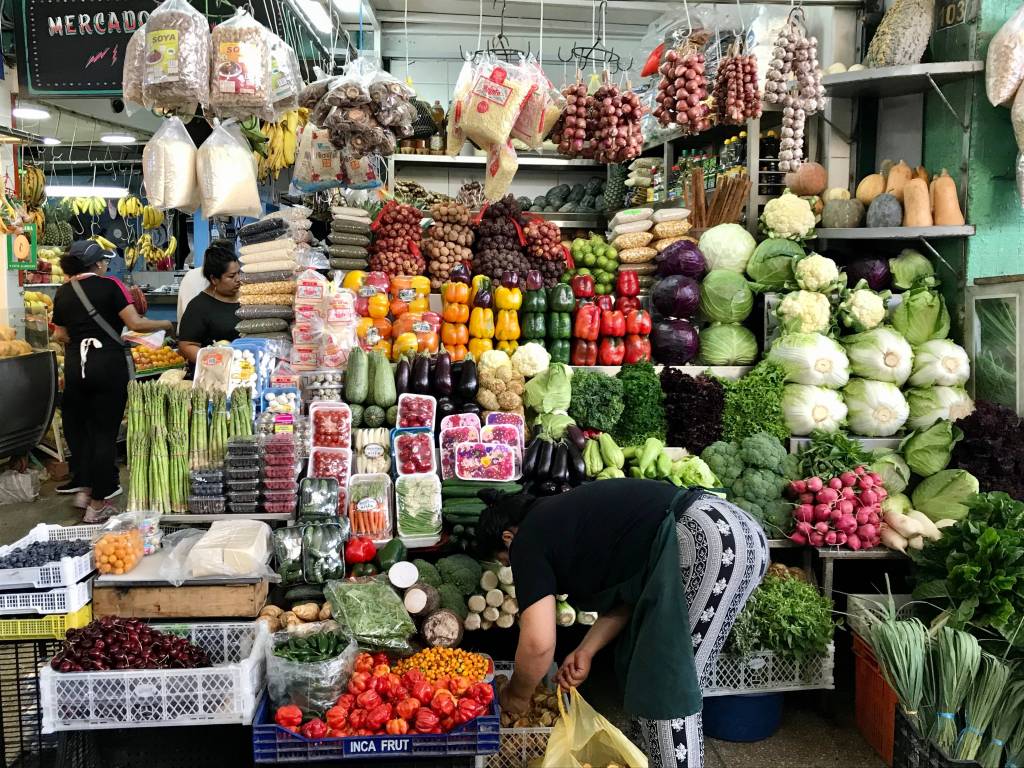

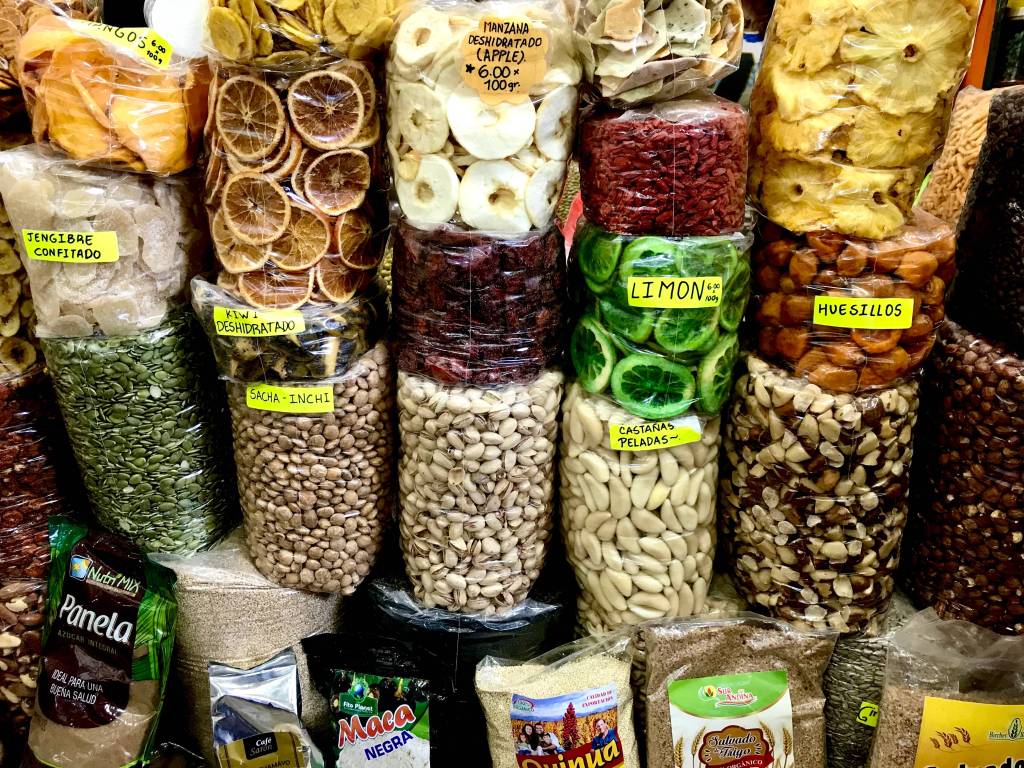


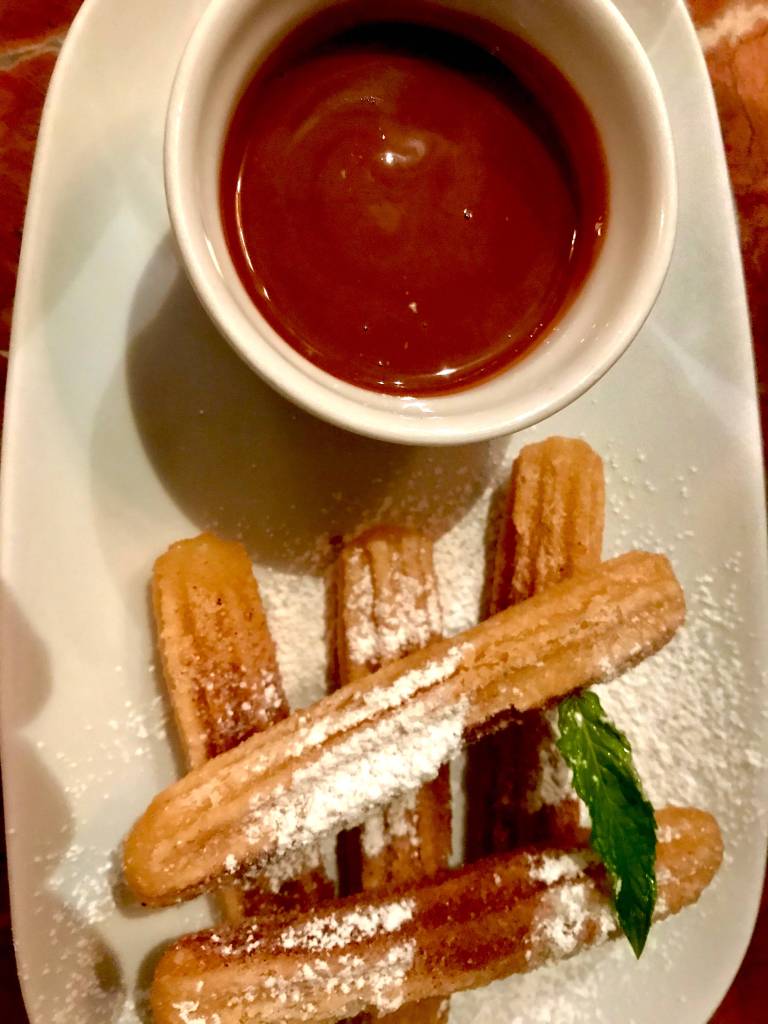
This was lovely too read
LikeLike
Quel beau compte-rendu et des photos encore plus belles, je suis contente d’avoir vu Milou……
Les photos de Lima sont également intéressantes c’est une ville que j’aimerais découvrir . Vous avez un gros bisou de Fredy.
LikeLike
Les chaussures …..! 🙂
la boutique se trouve ou a Lima ? j’en veux grave
Je veux passer et acheter 1 pair lors de notre passage a Lima – pour bientôt d’ailleurs 🙂
LikeLike
Mercado Indio in Miraflores!
LikeLike
Thank you for sharing all those beautiful stories, places and pictures with us. What an amazing trip!
Myriam
LikeLike